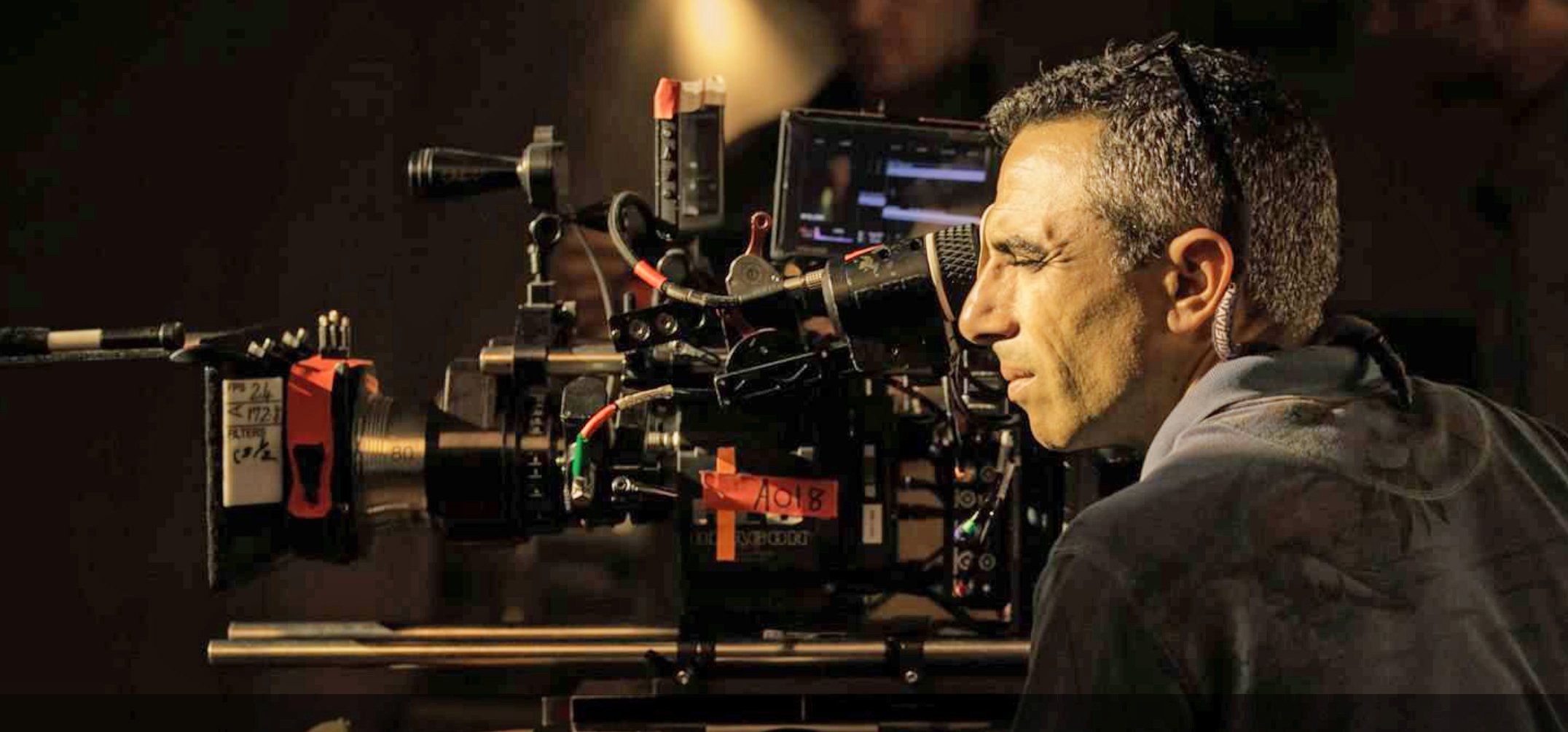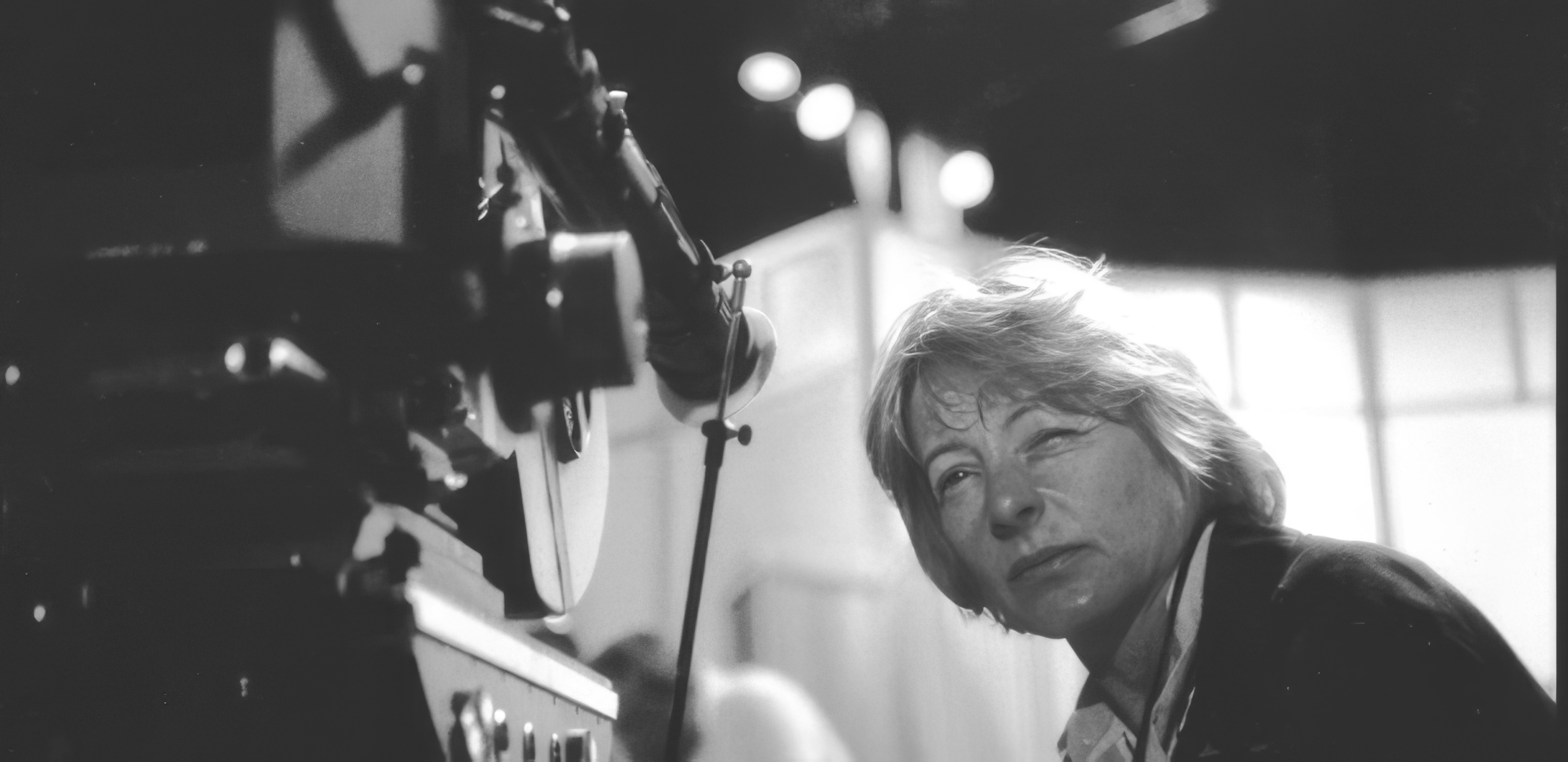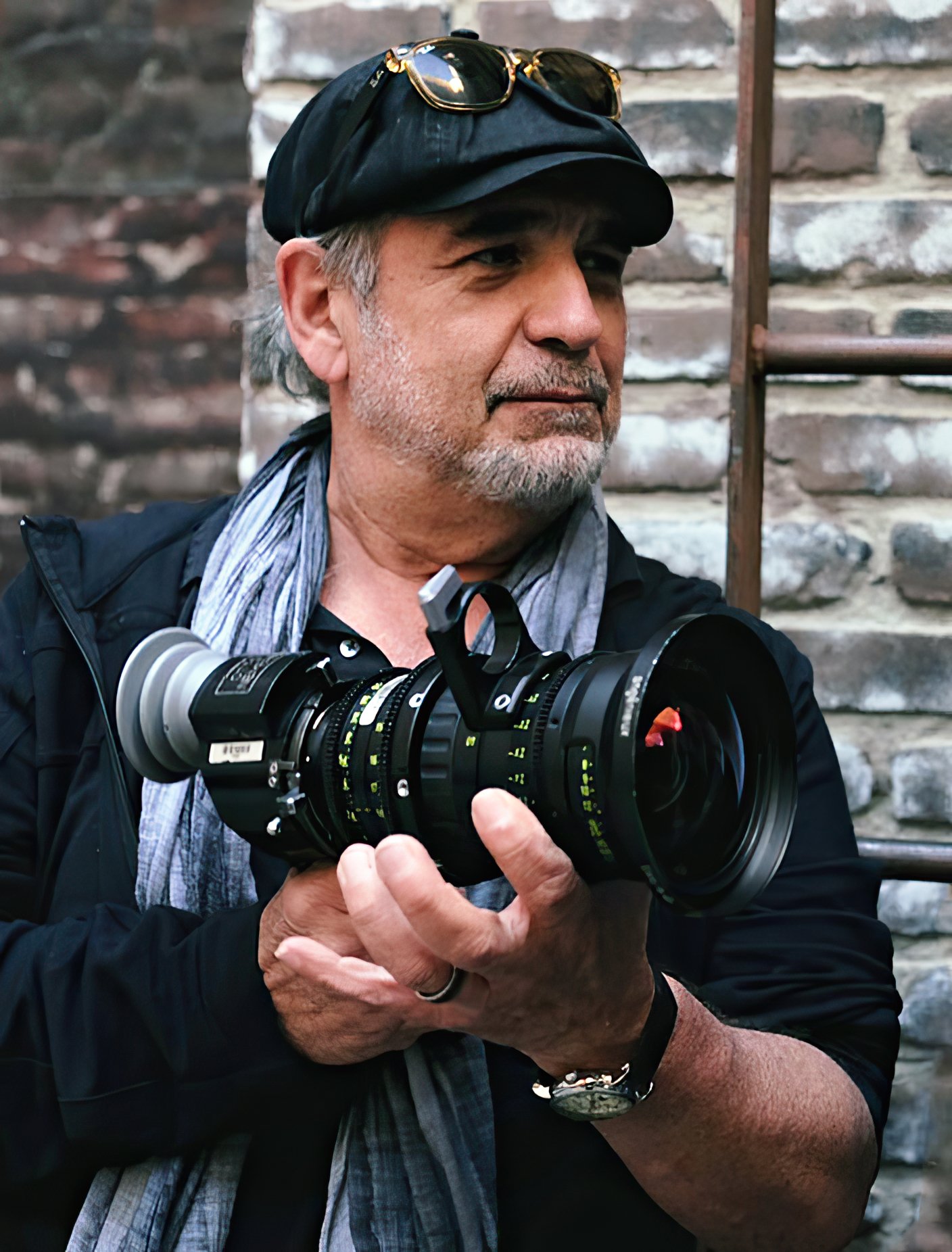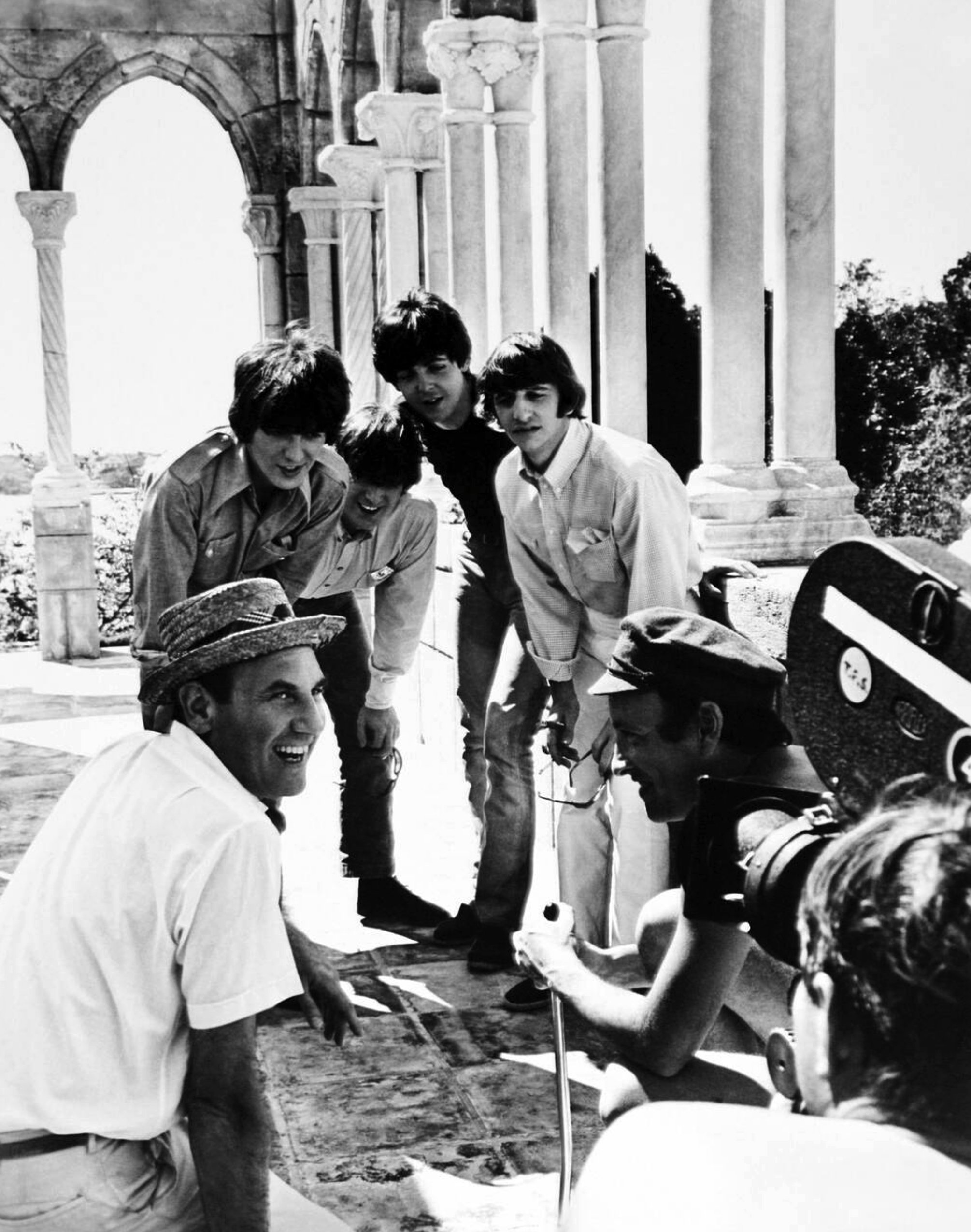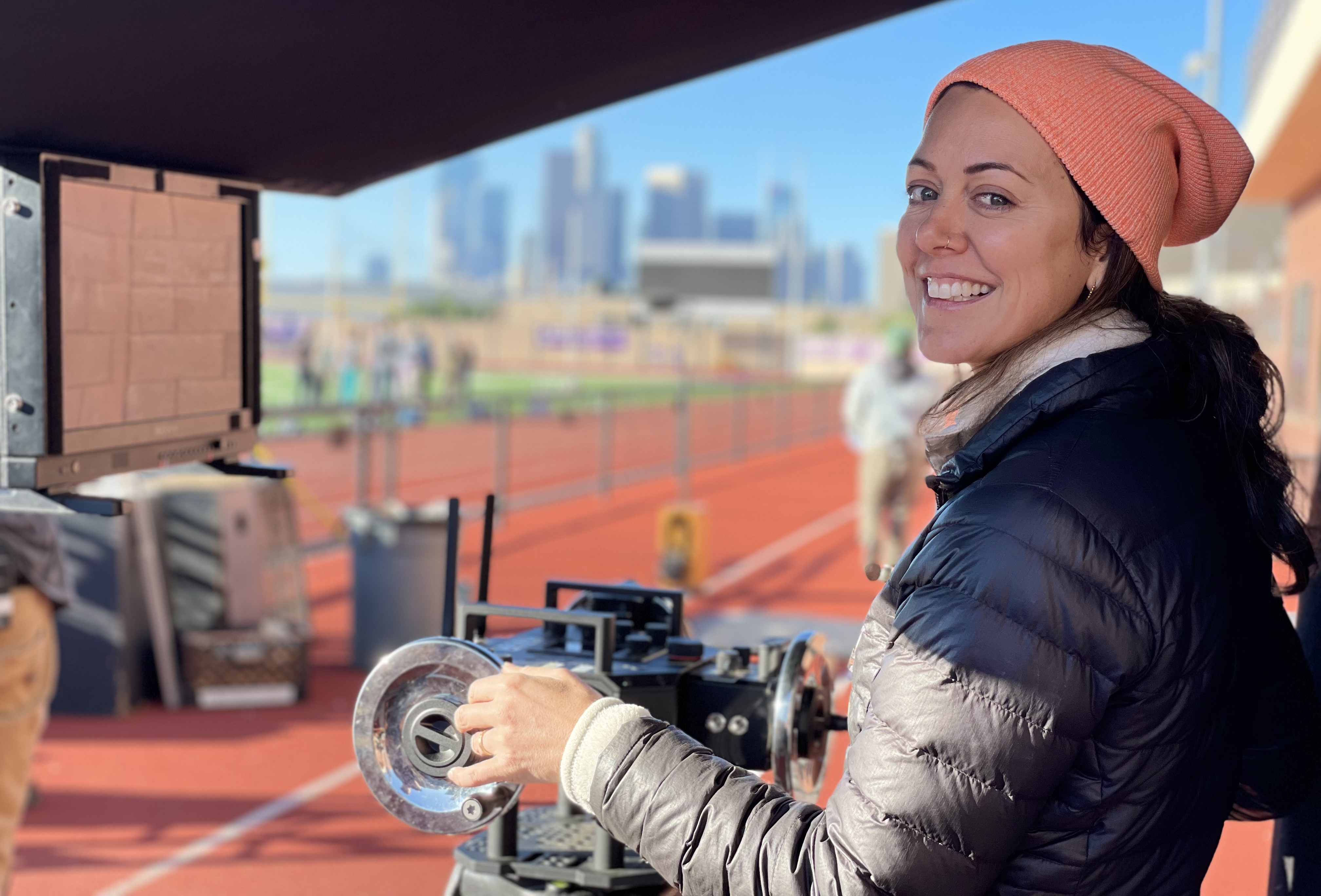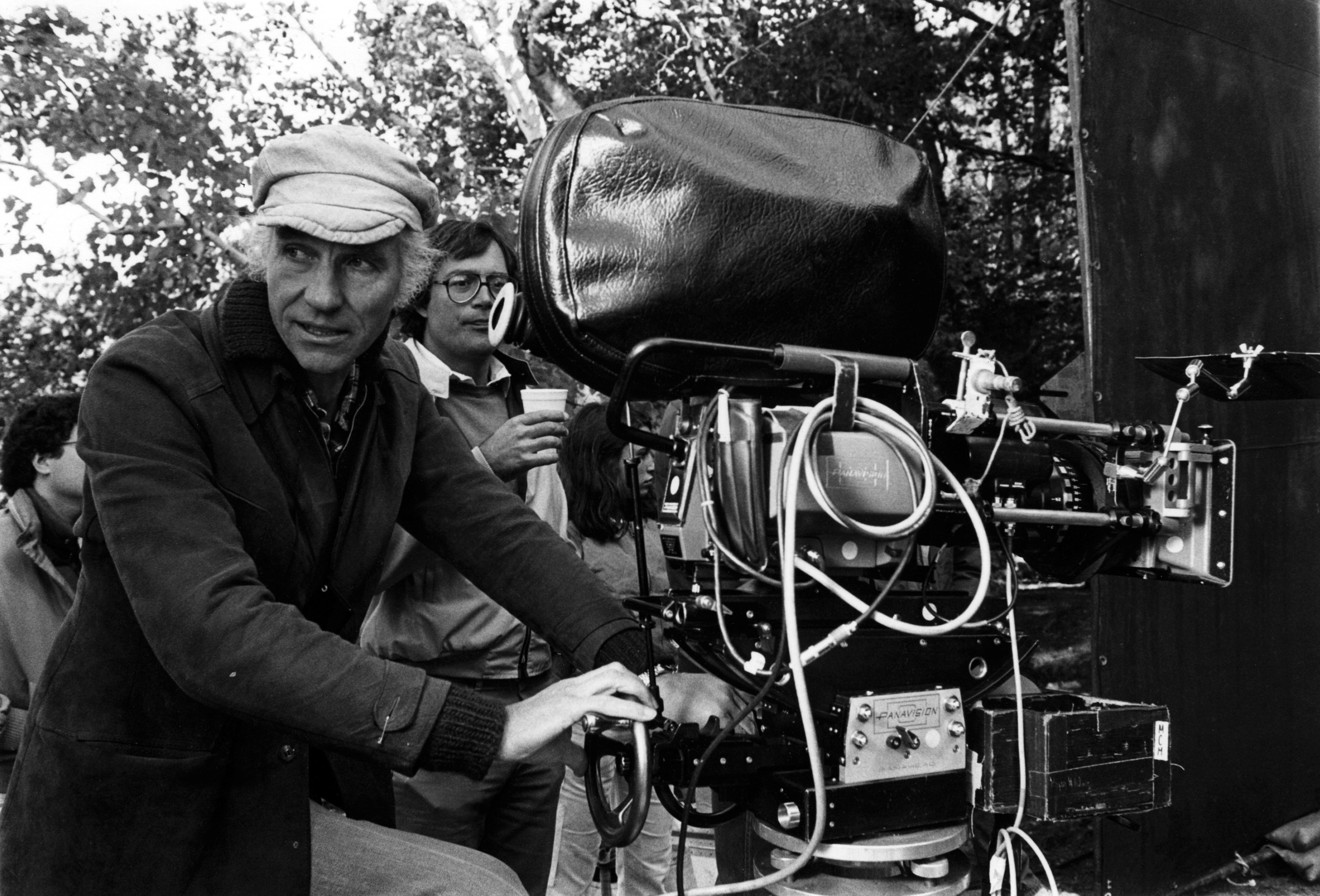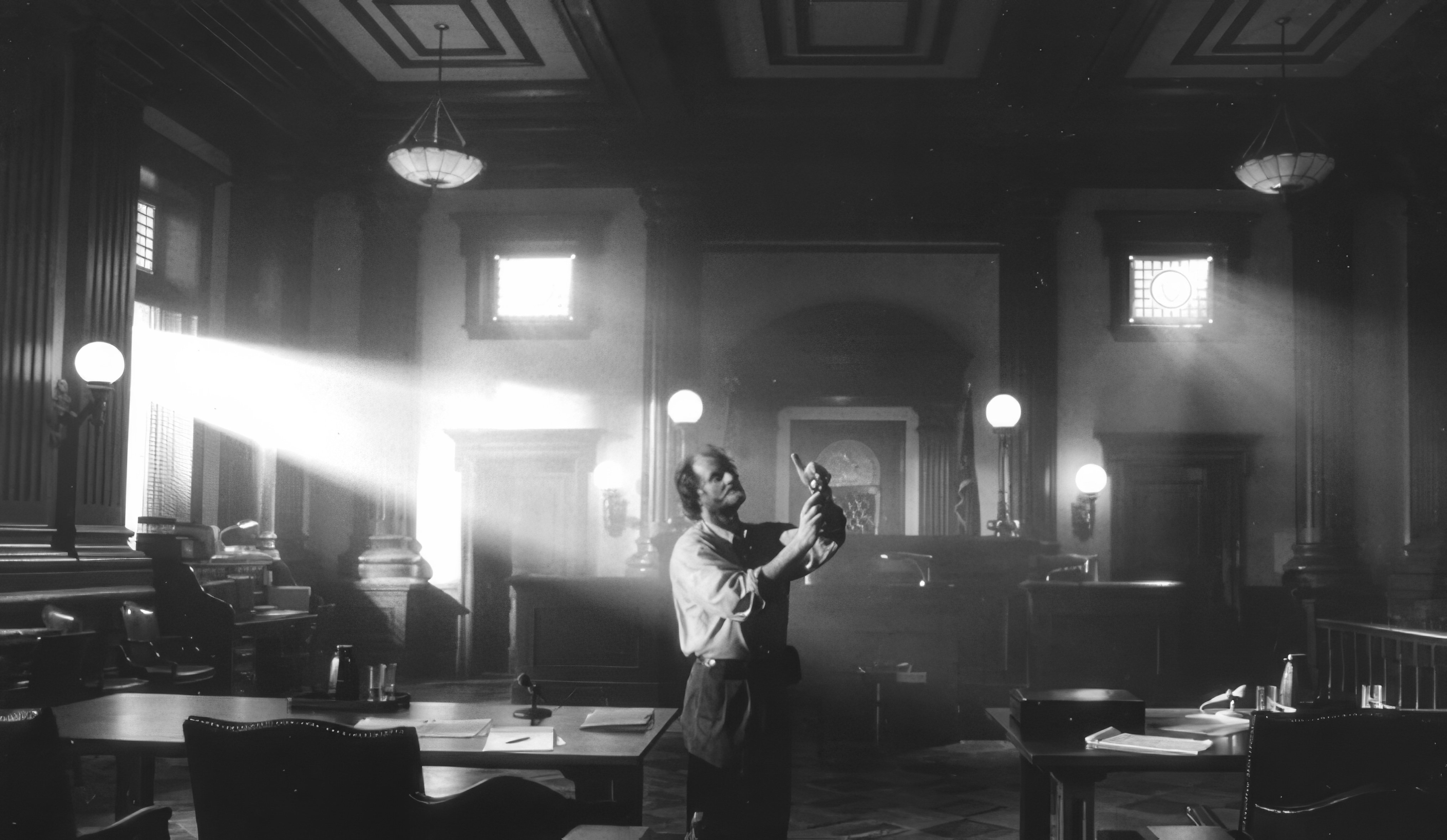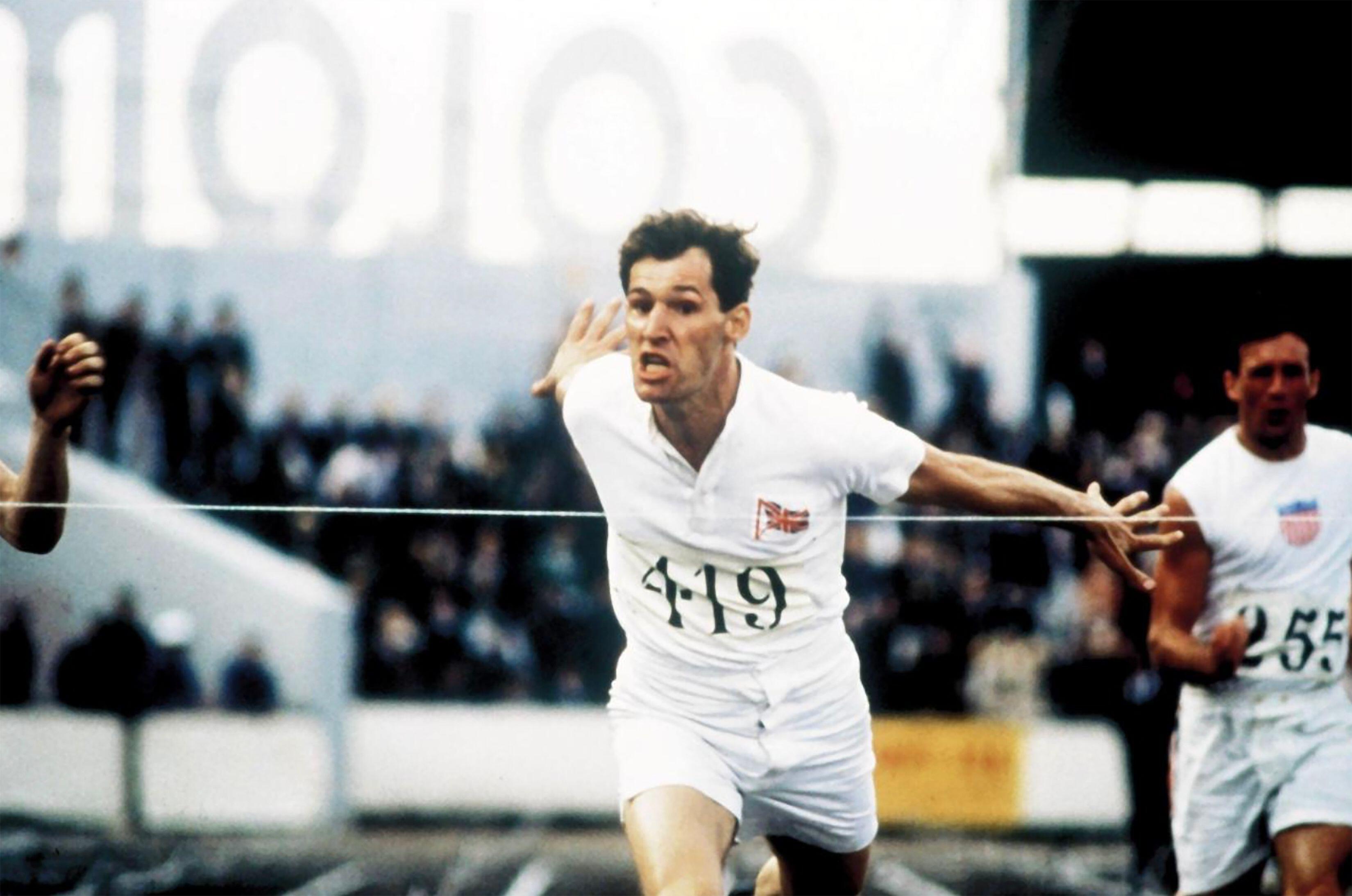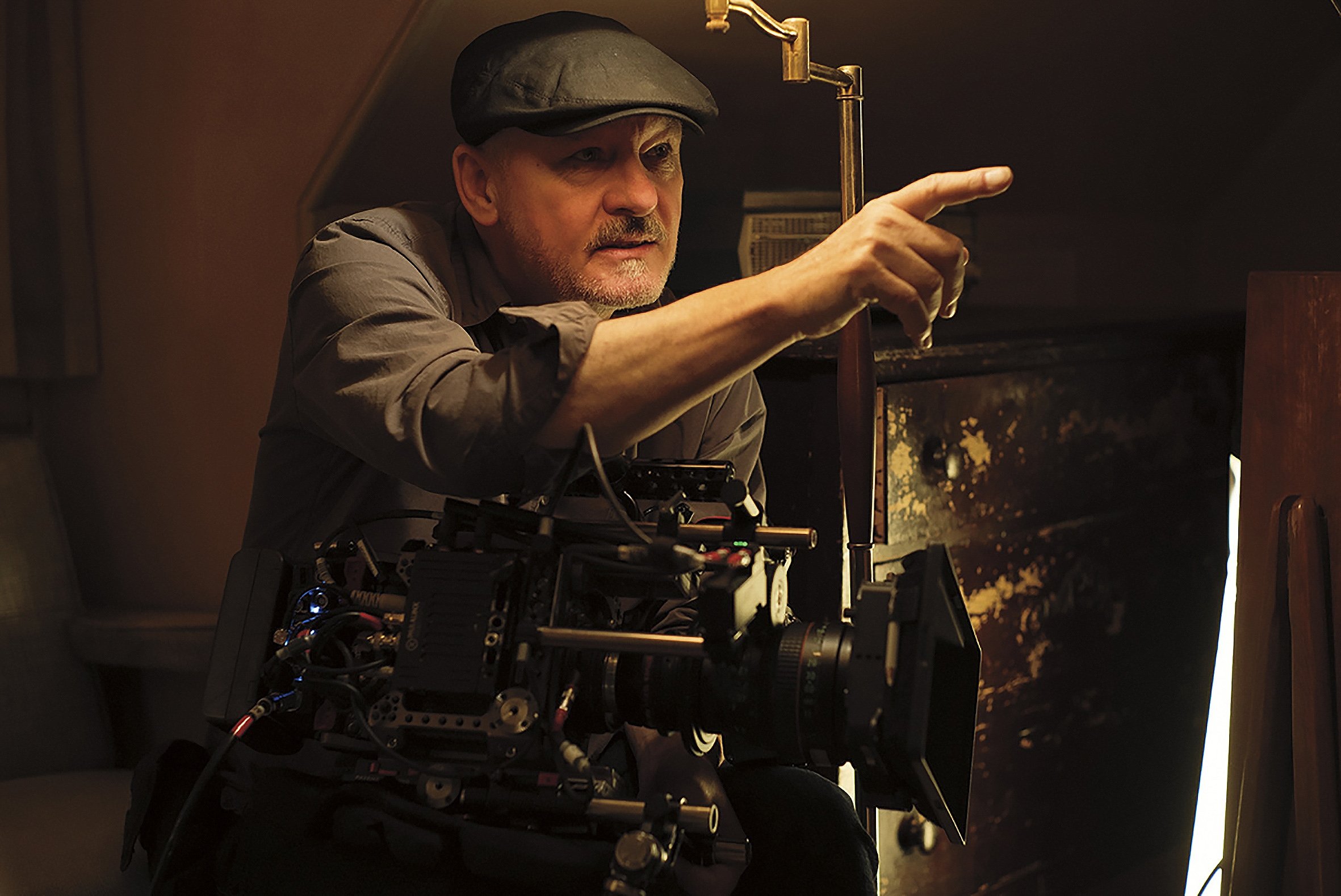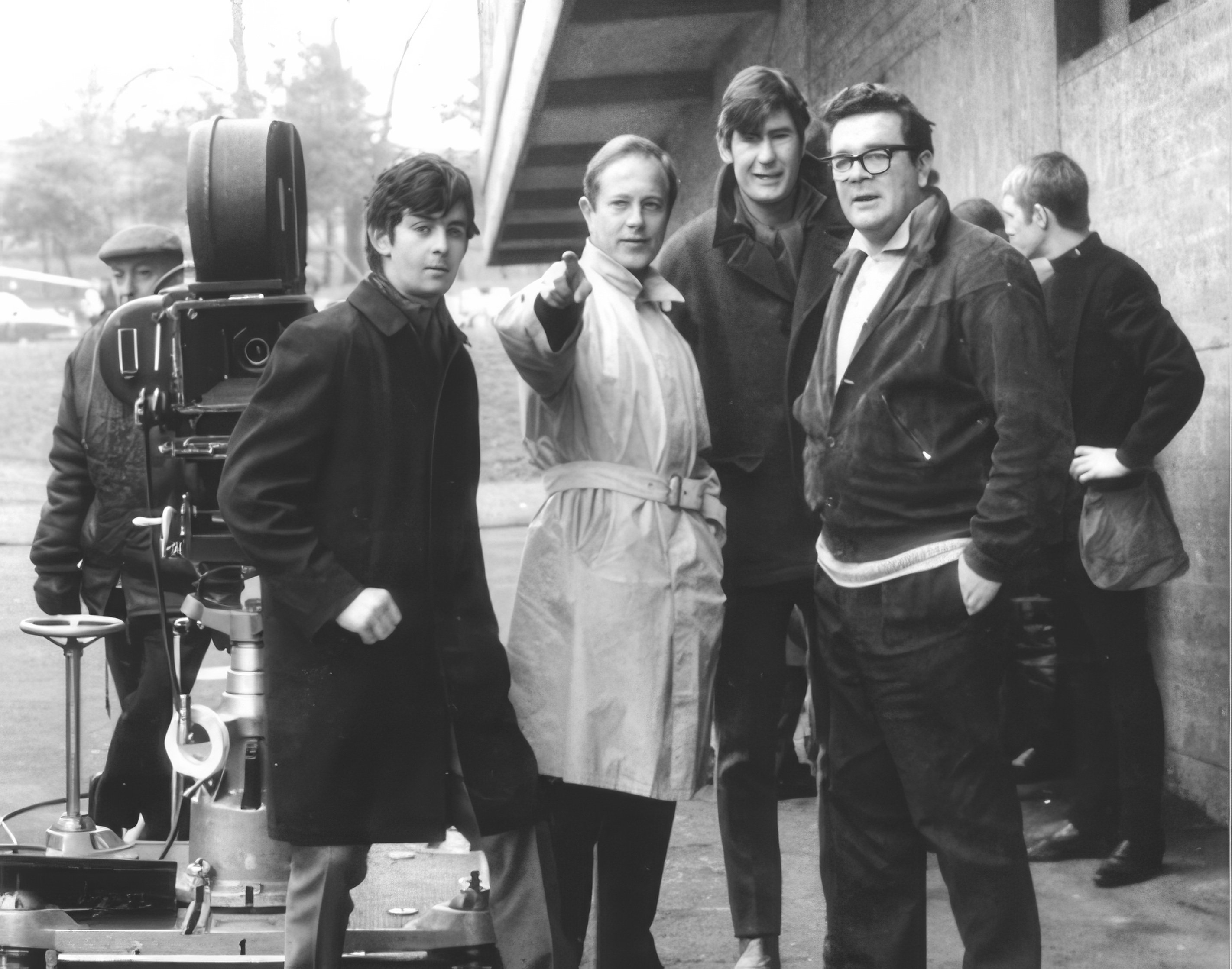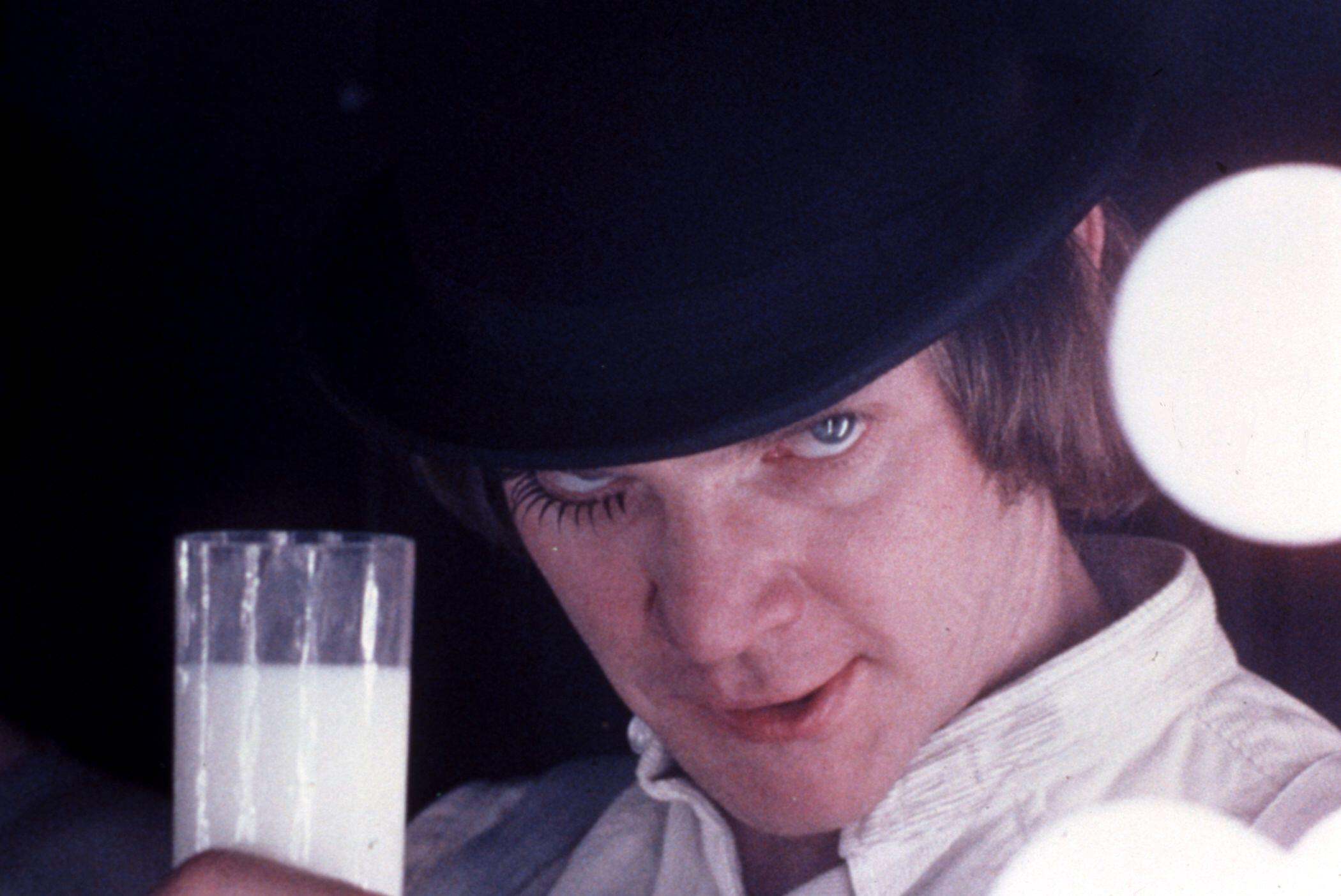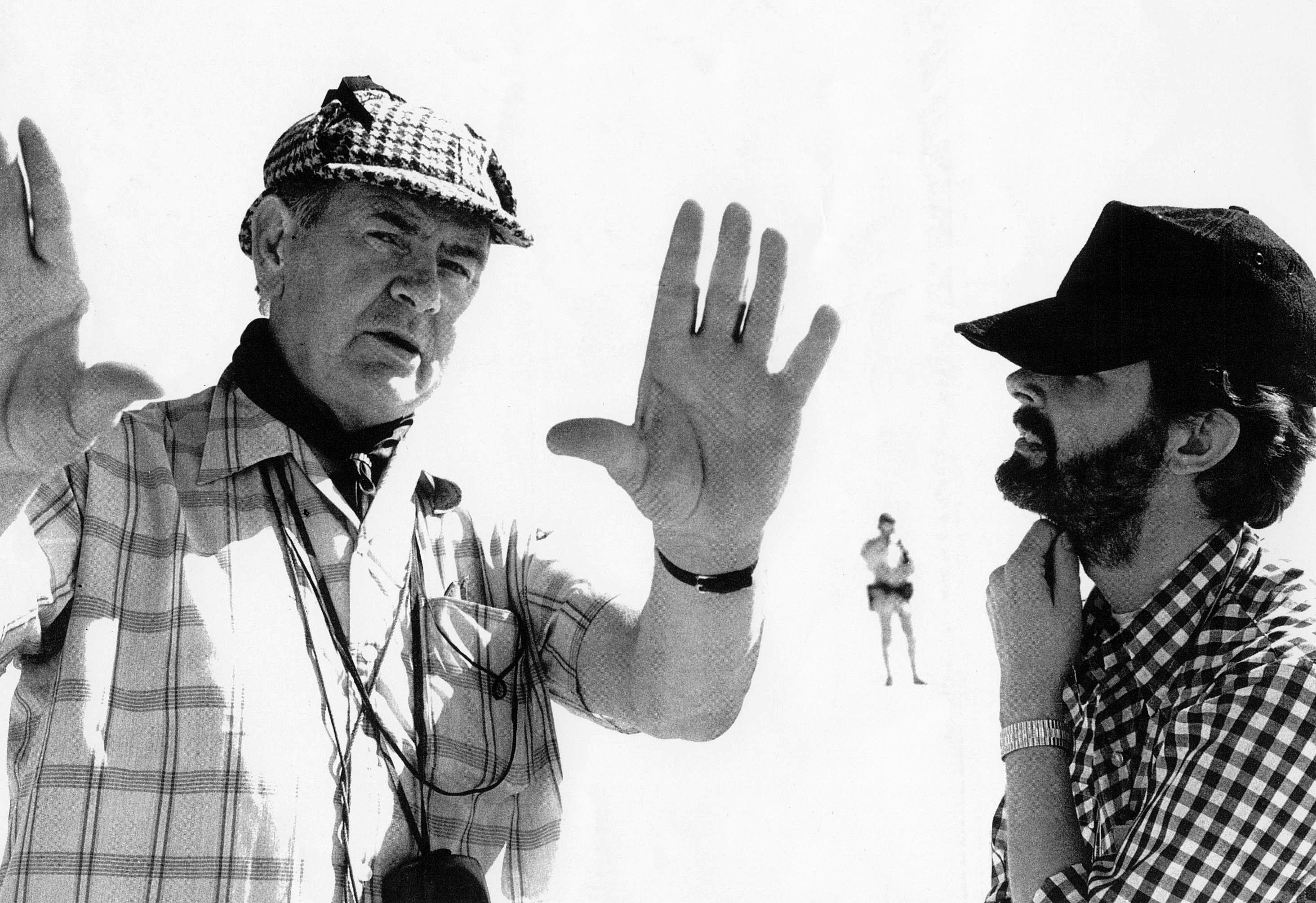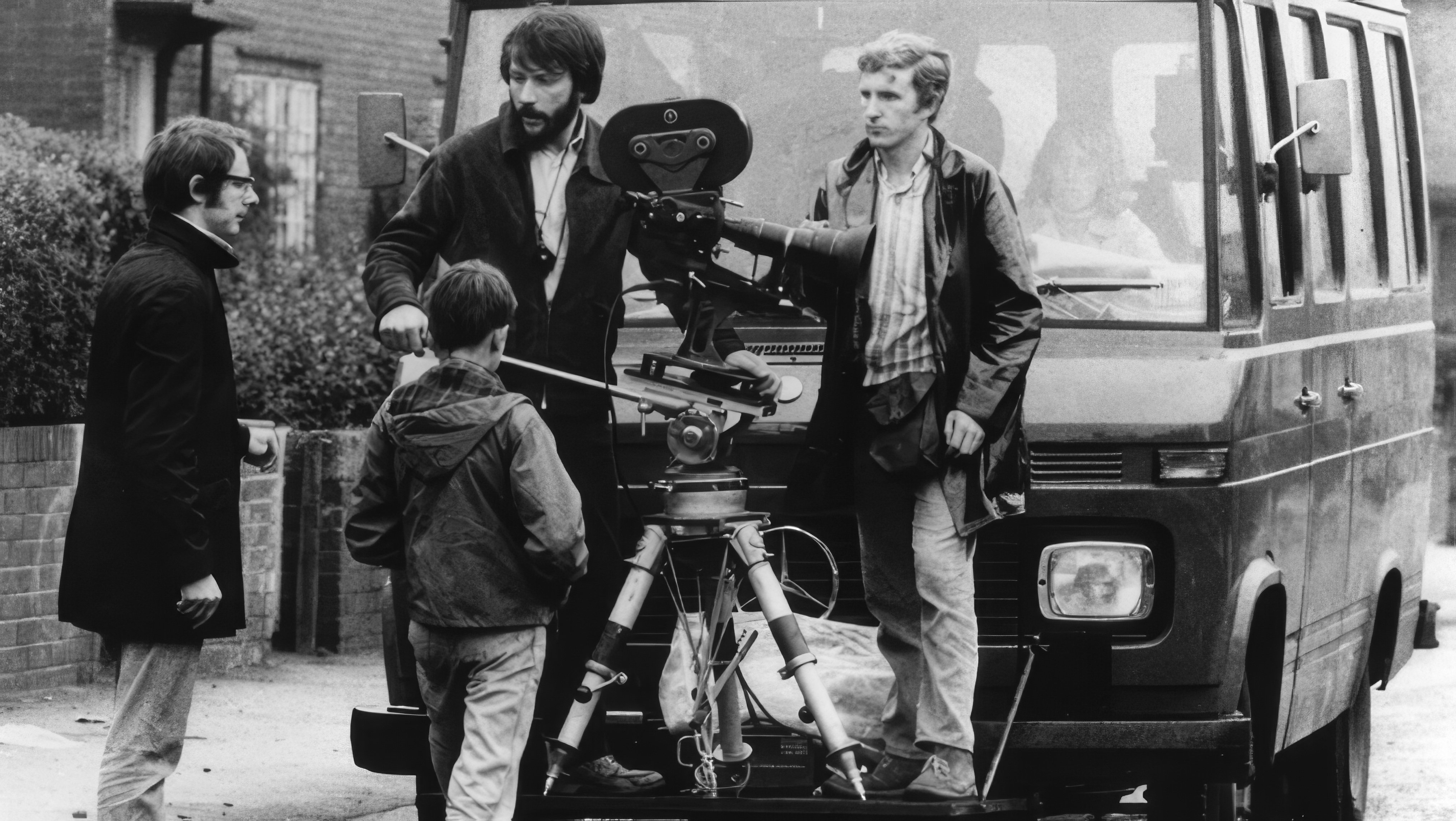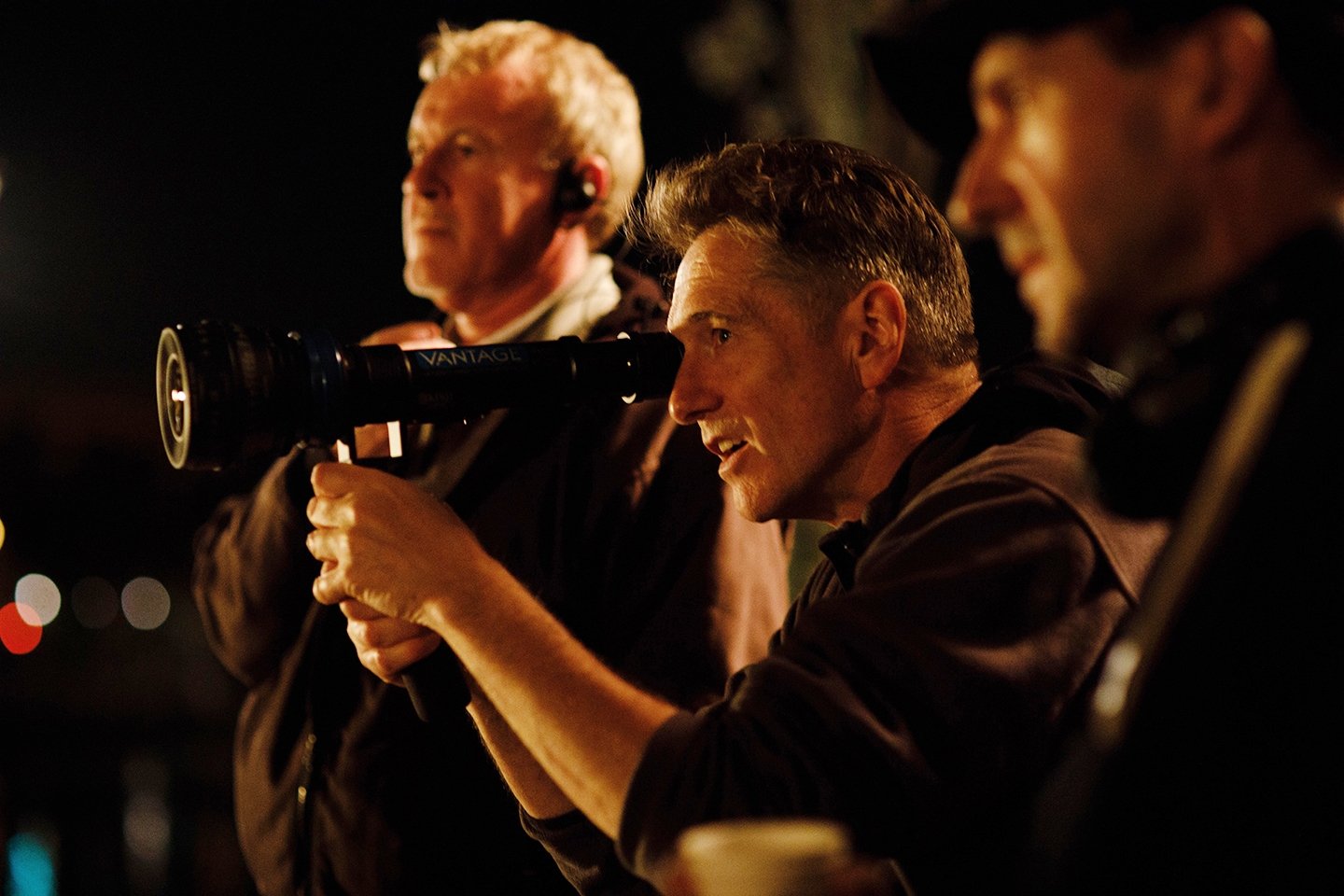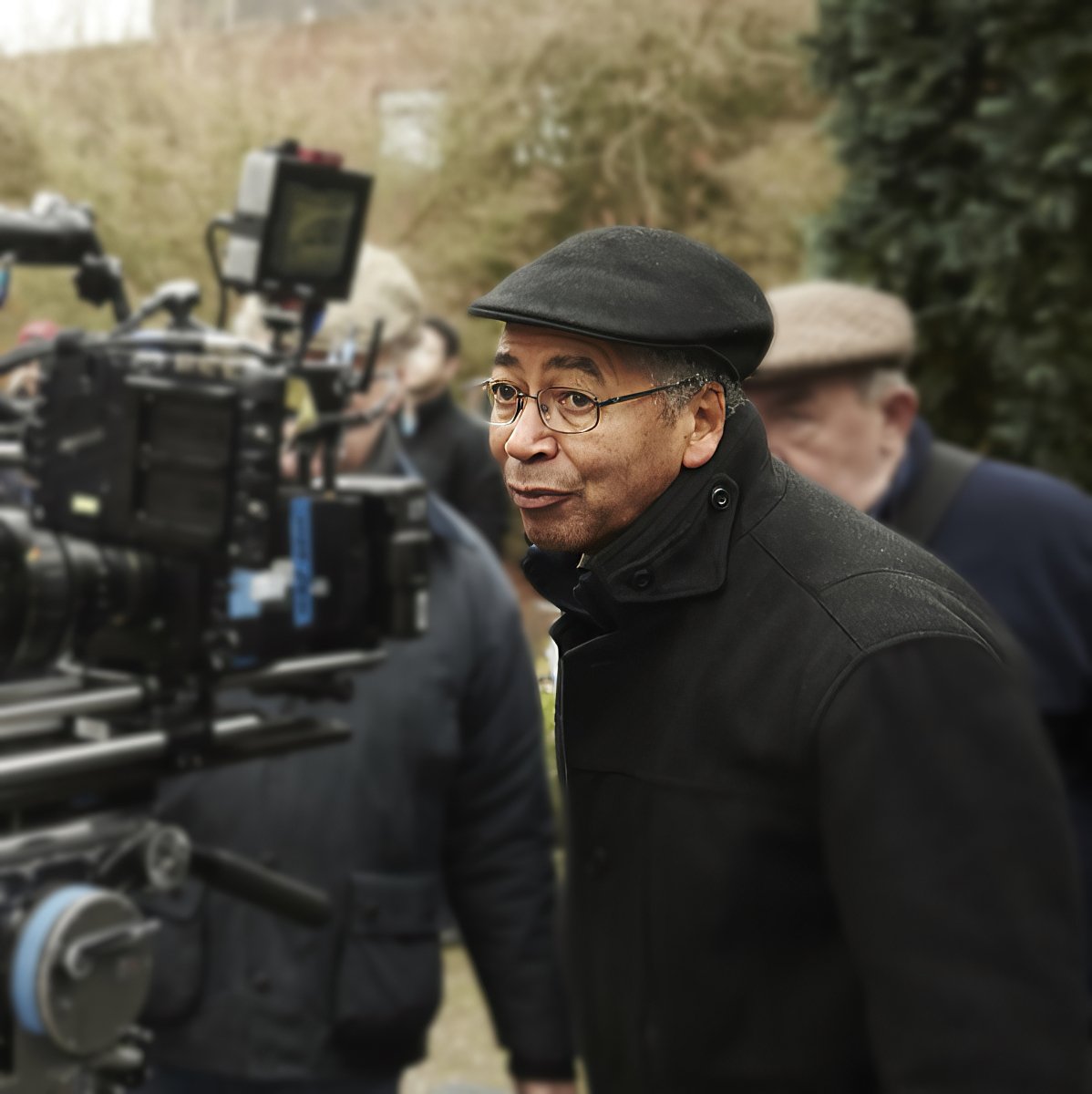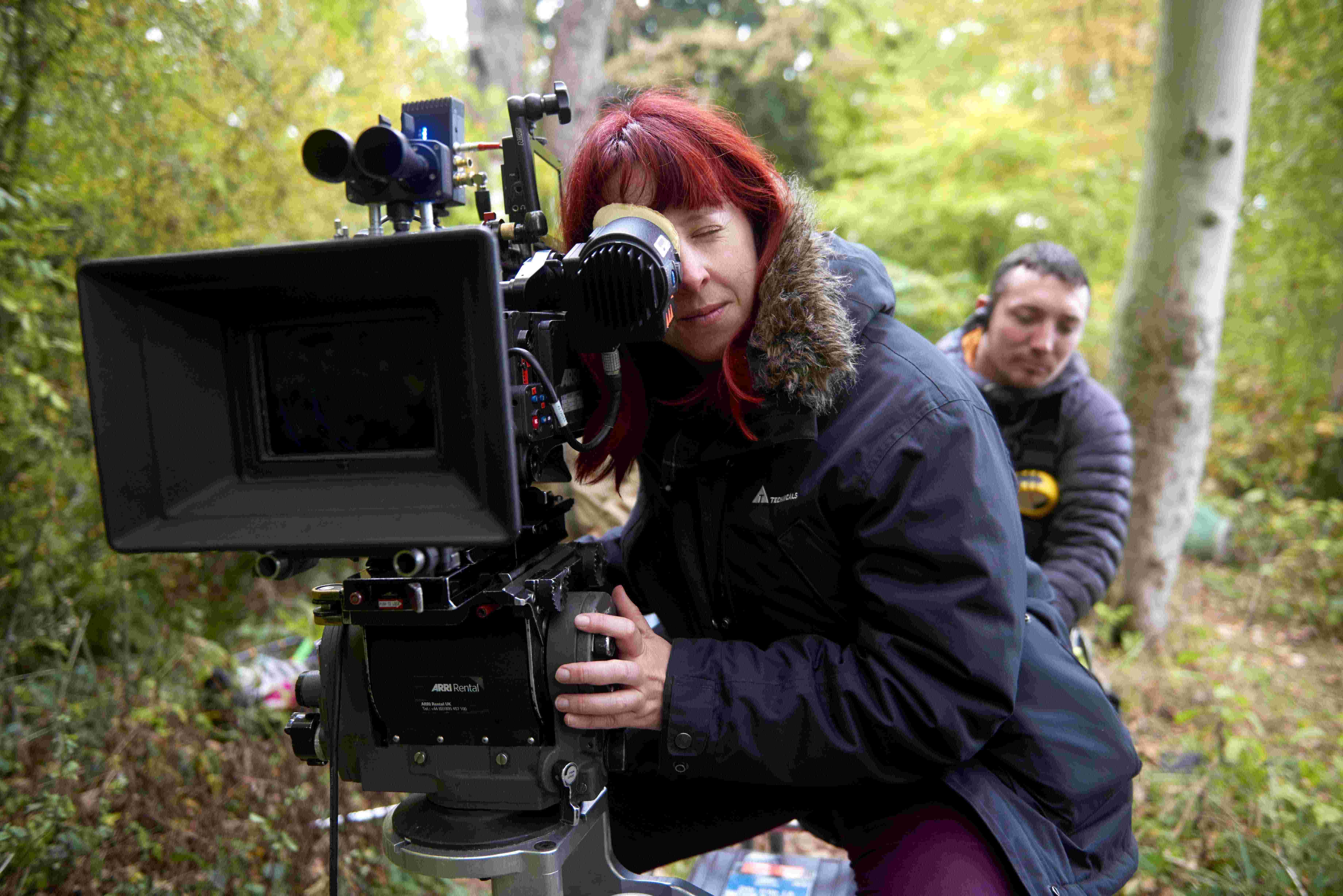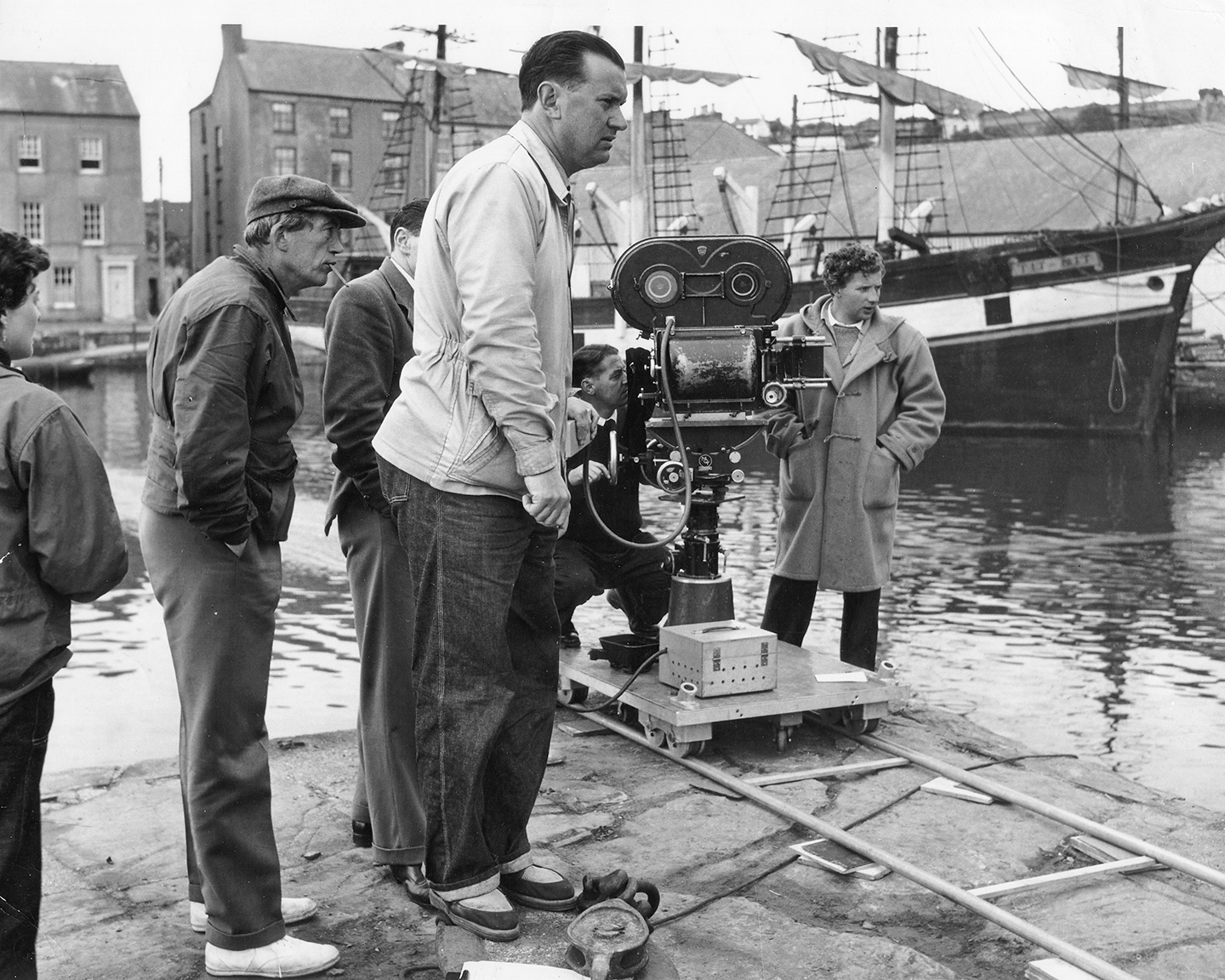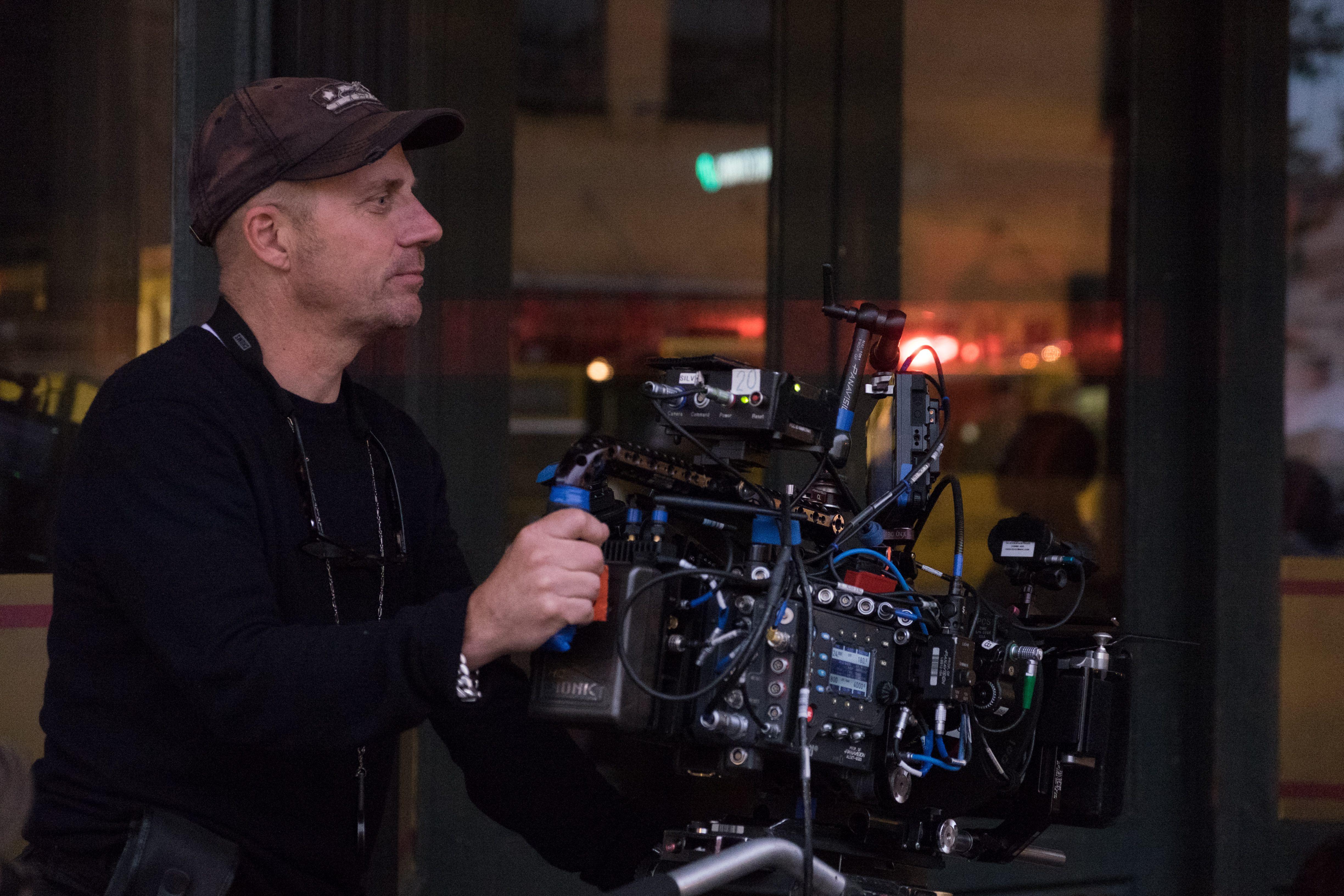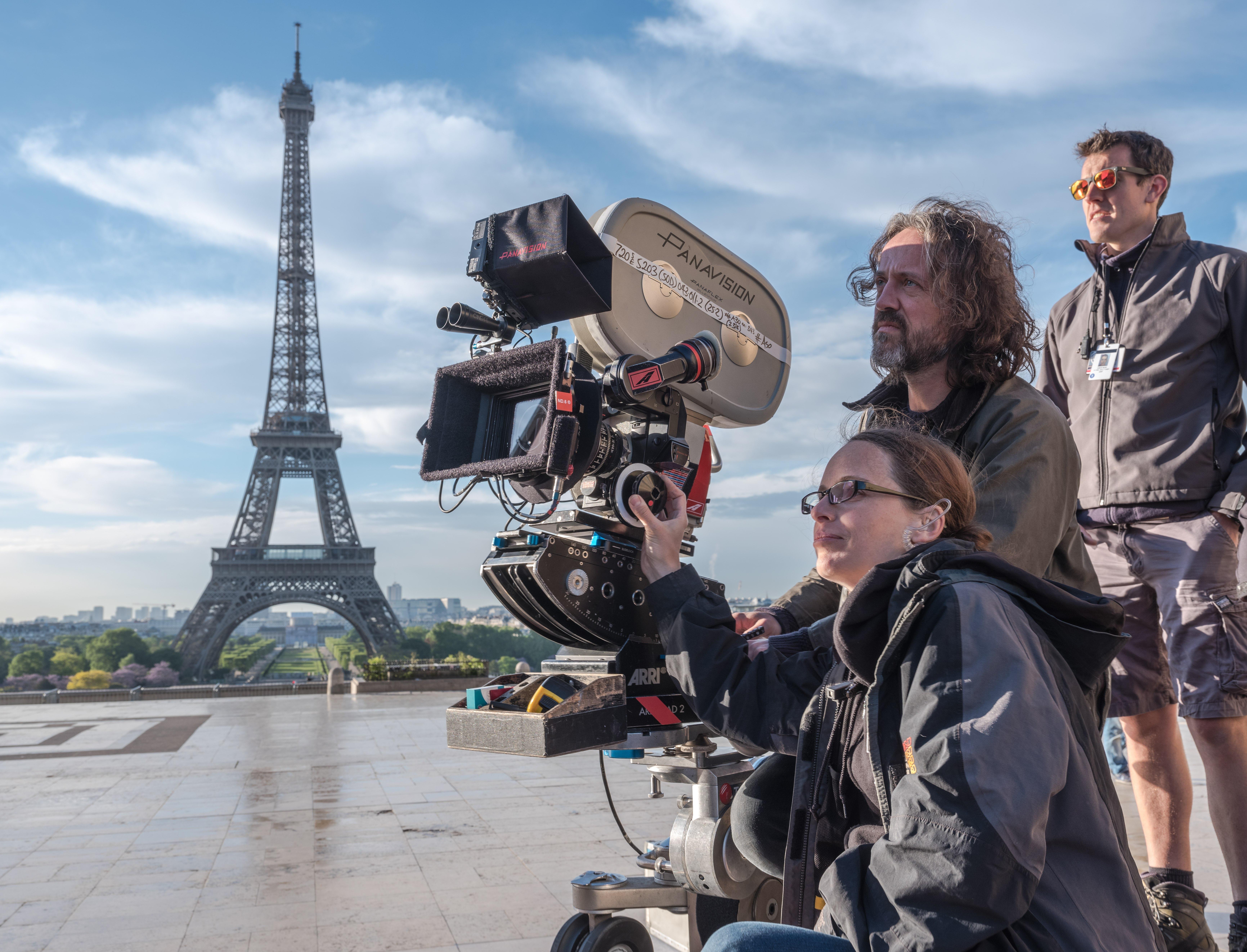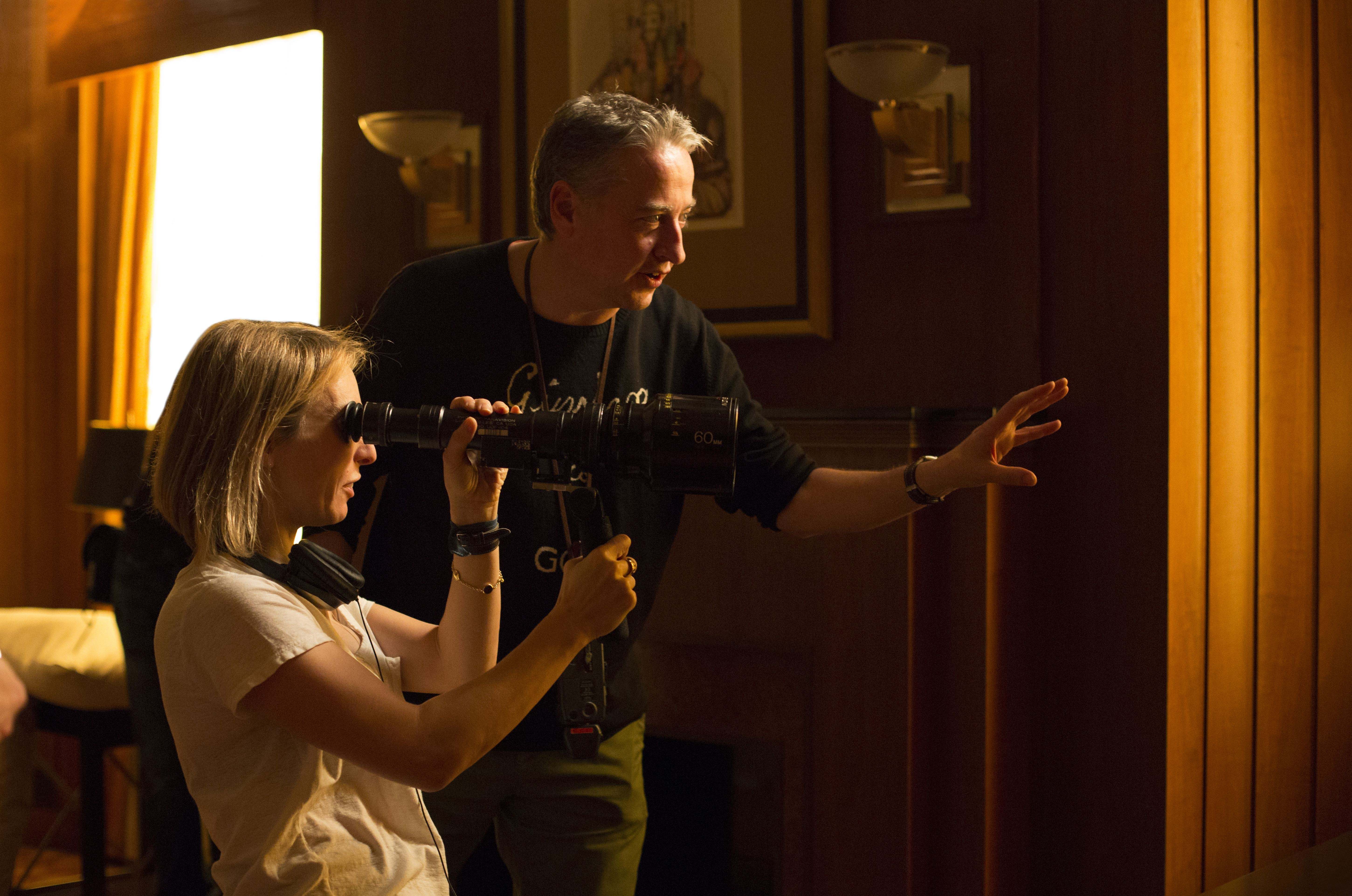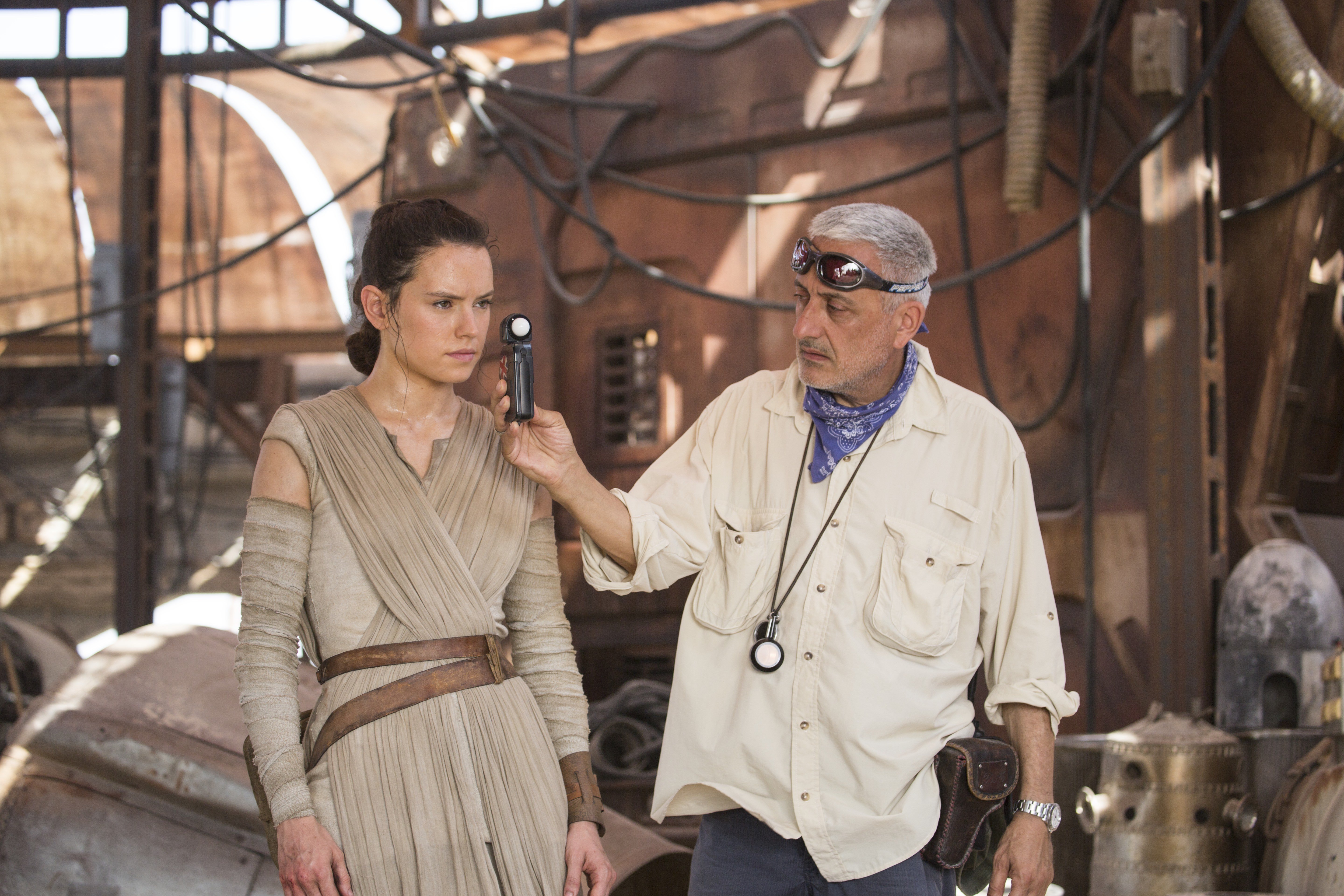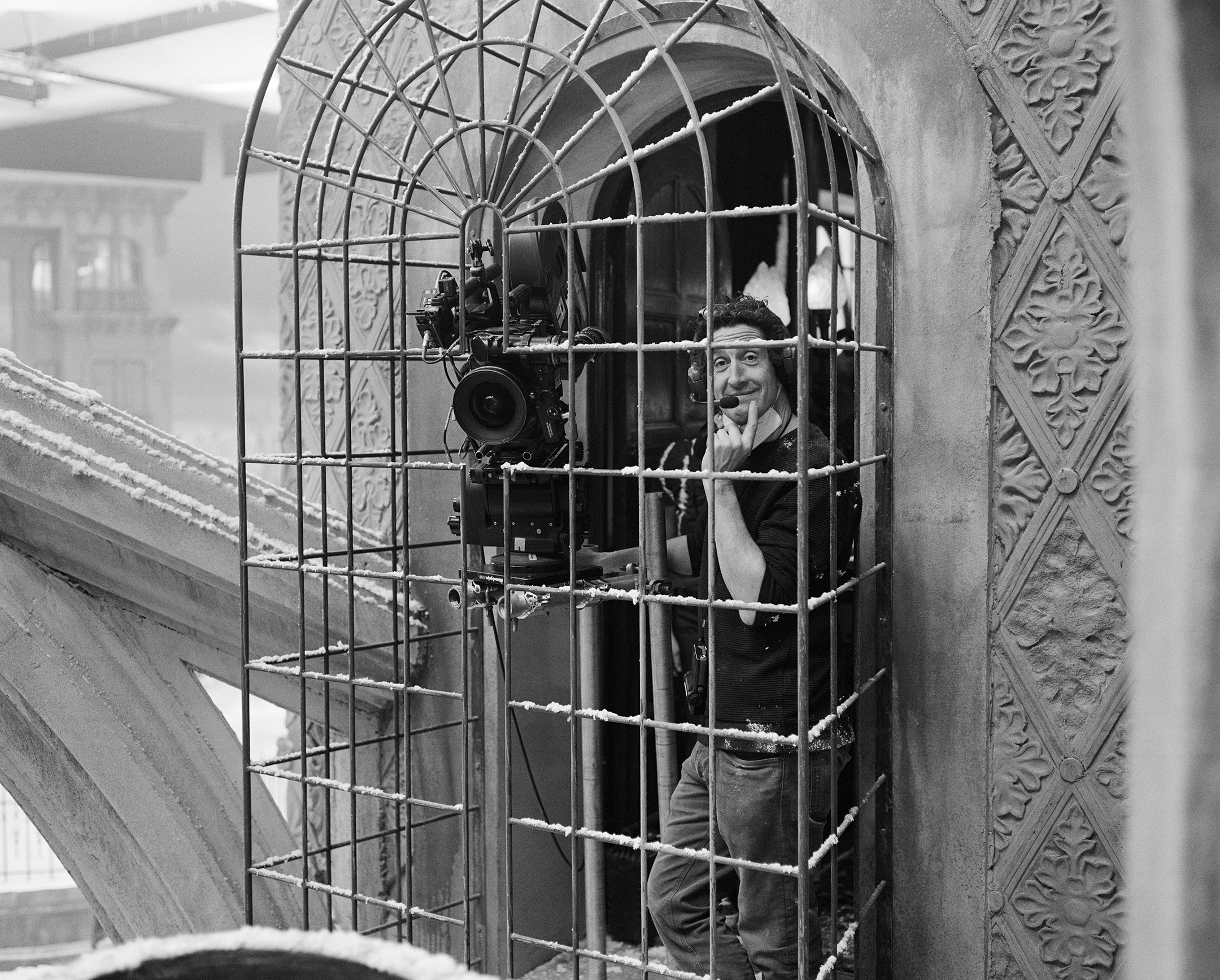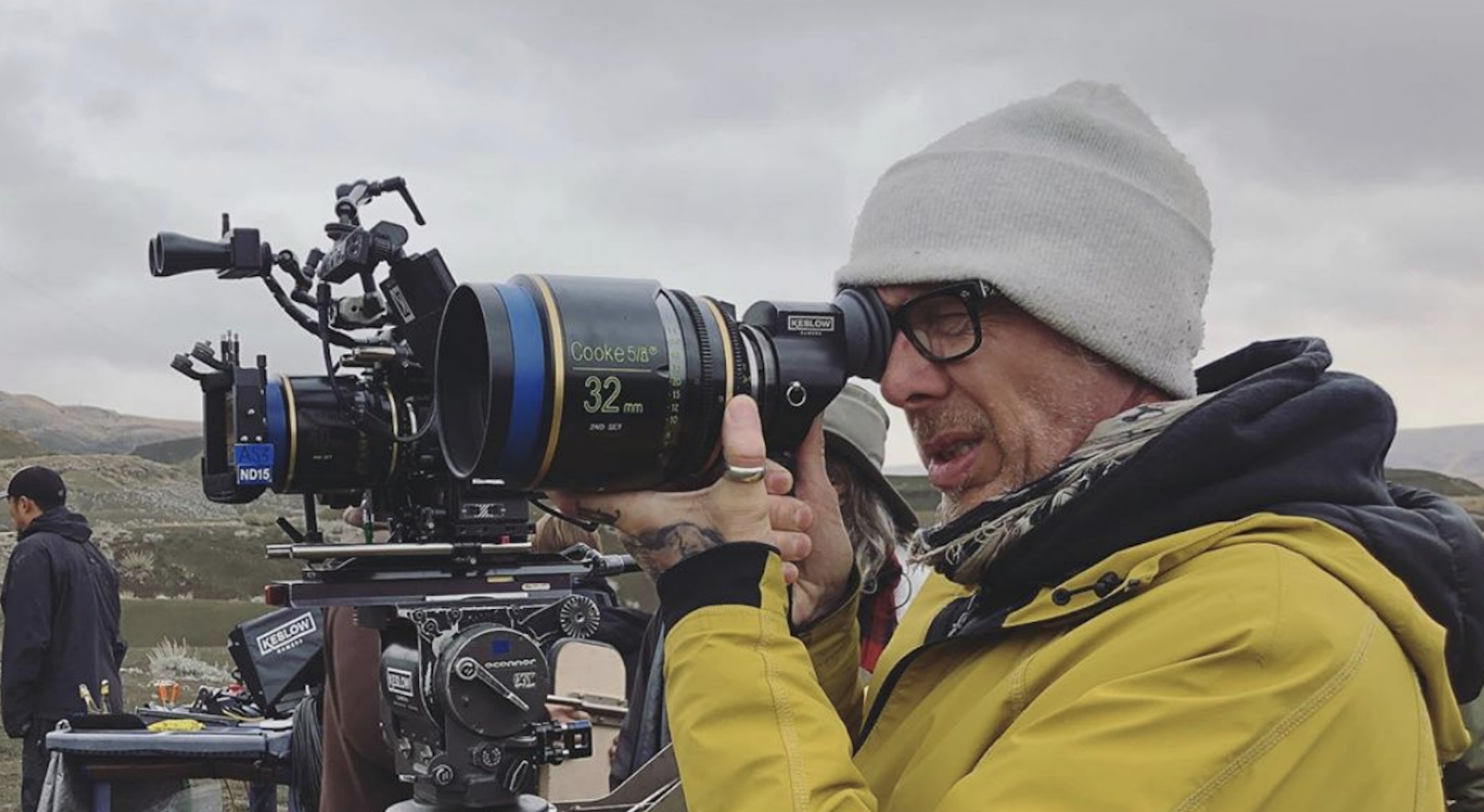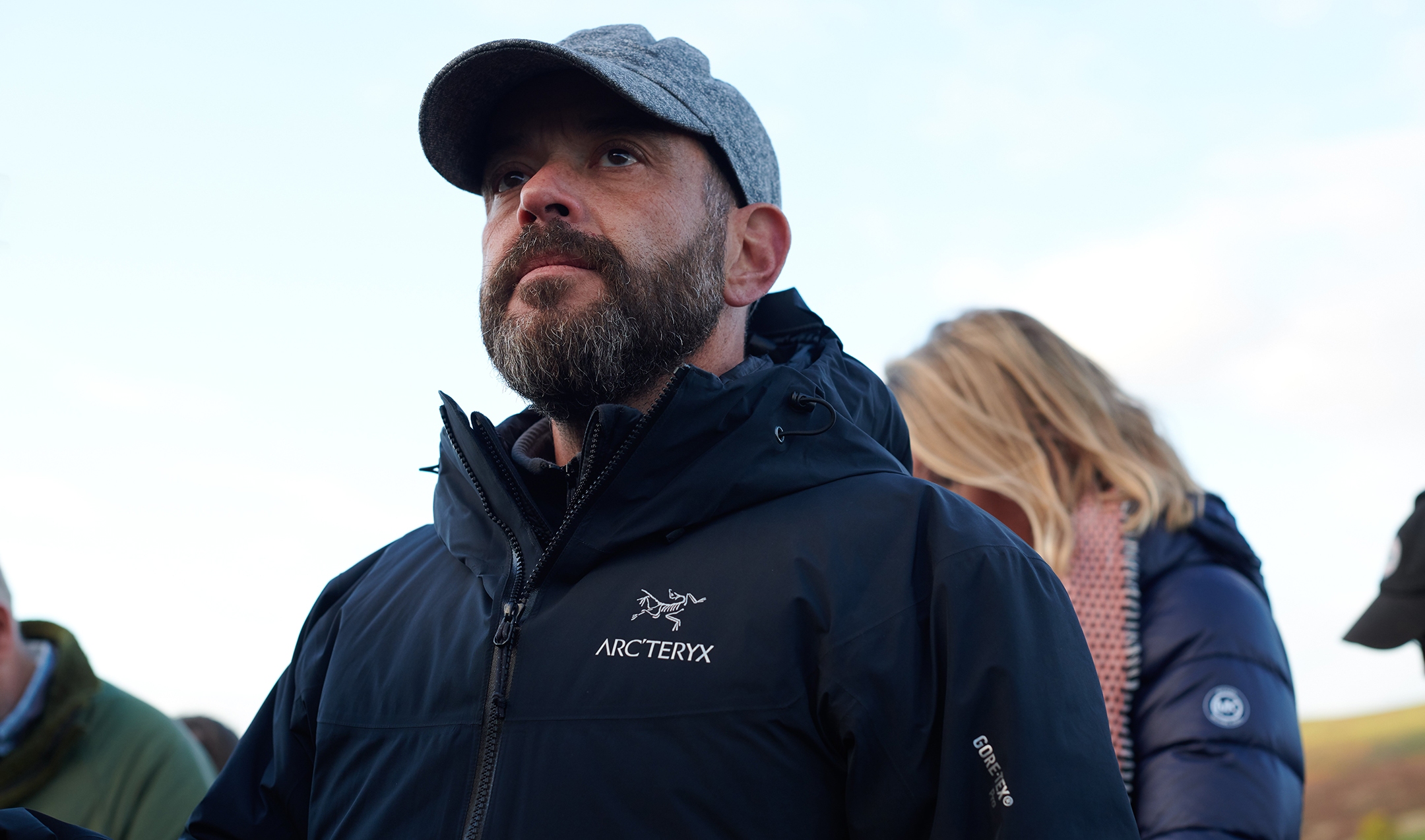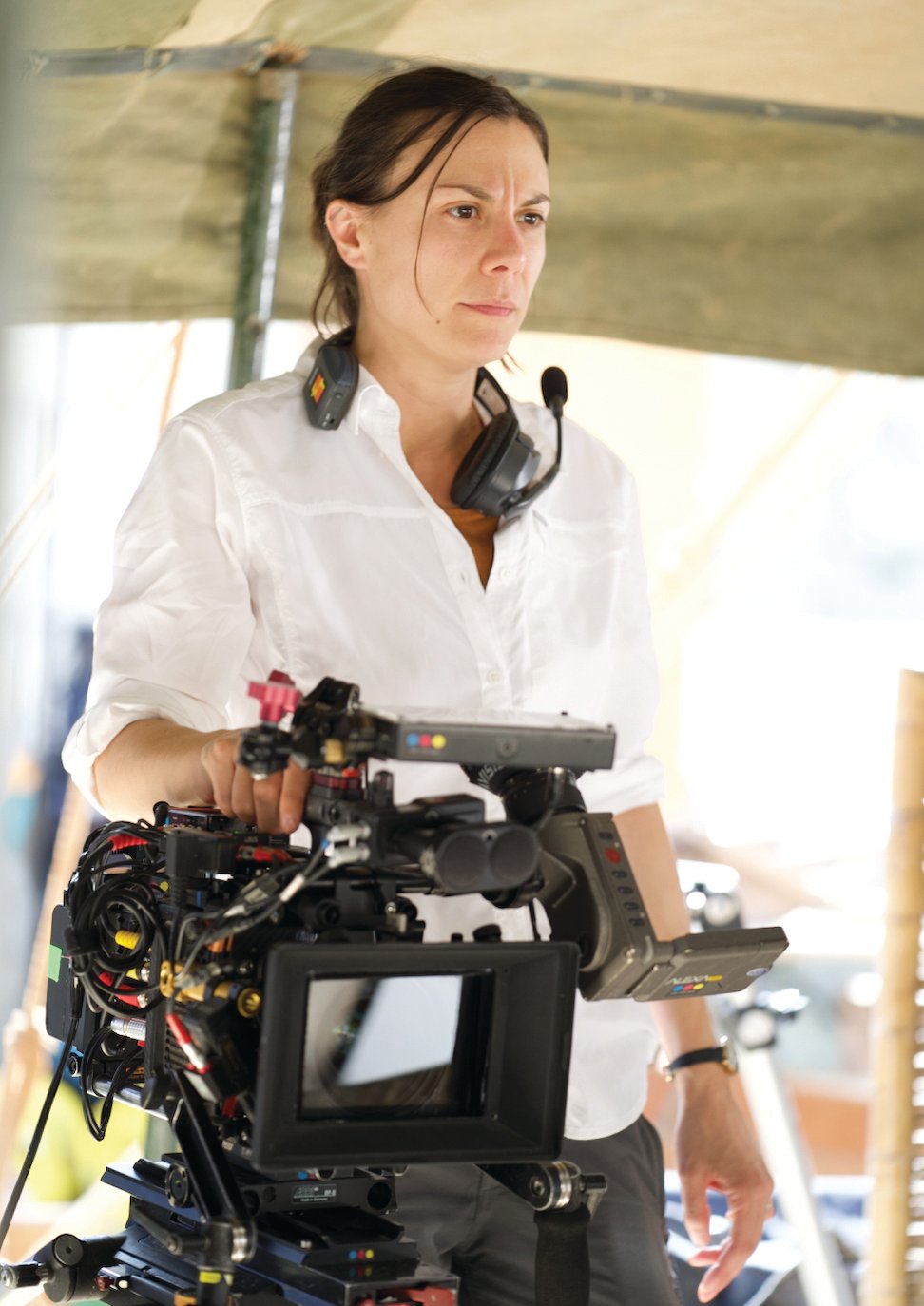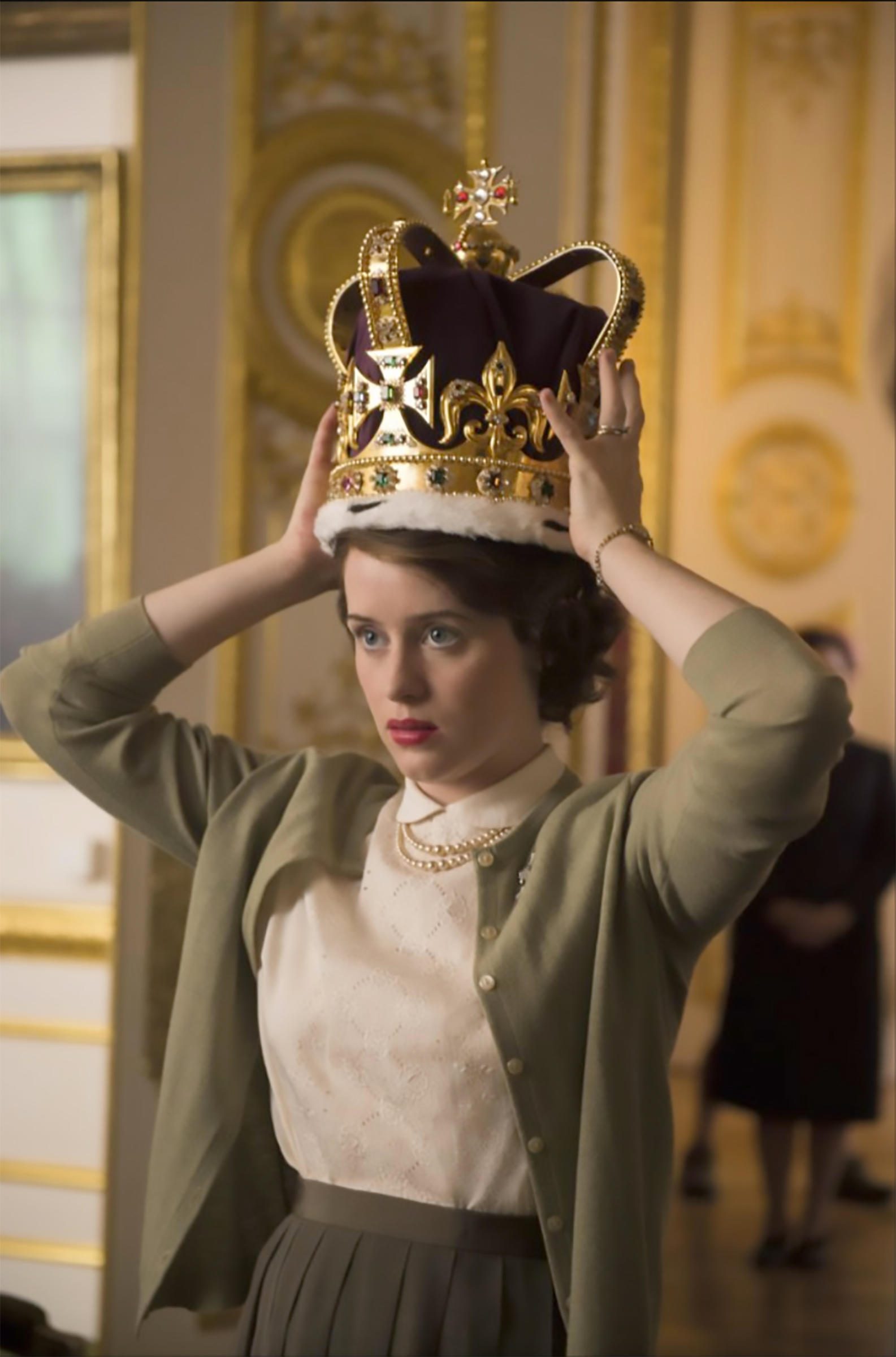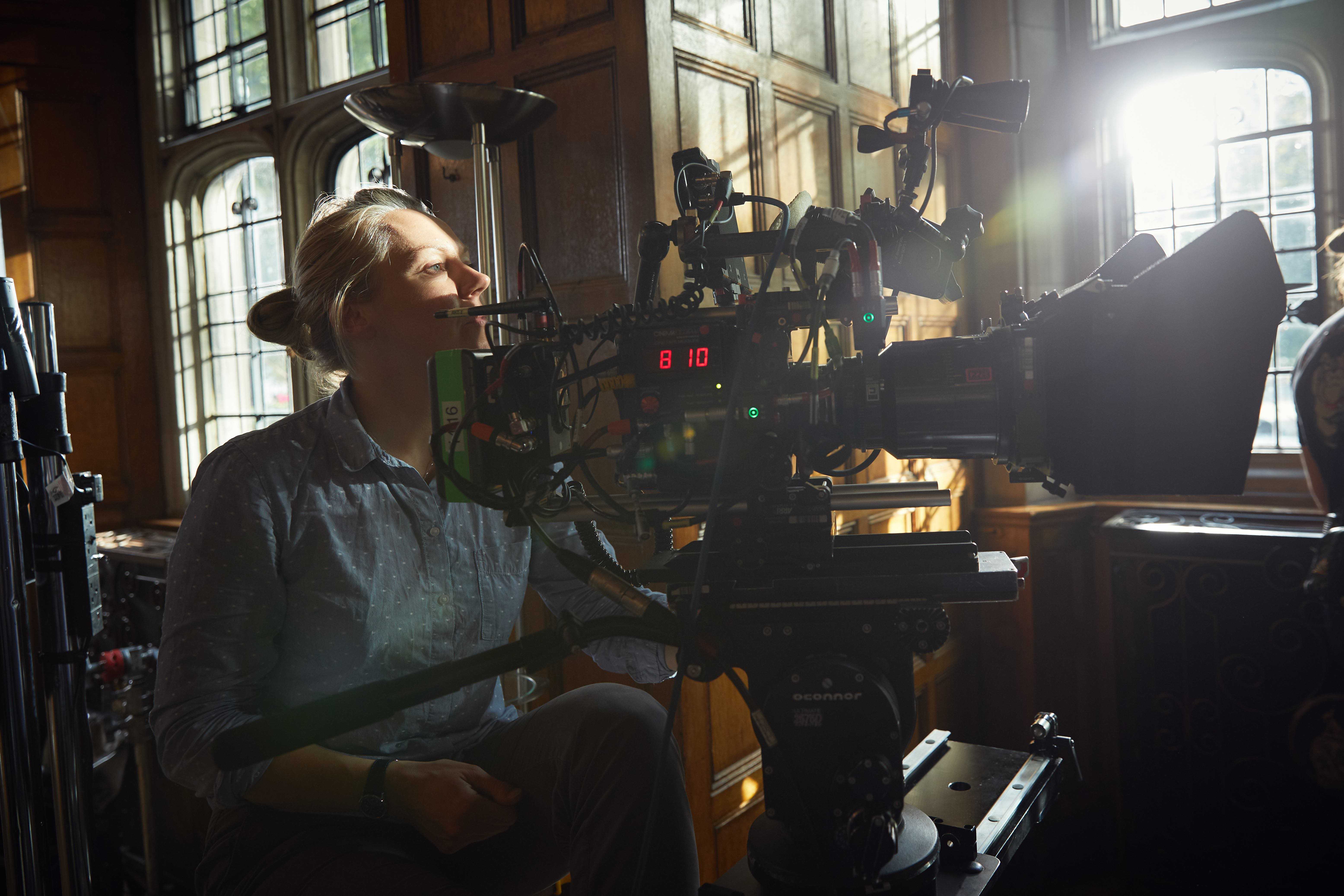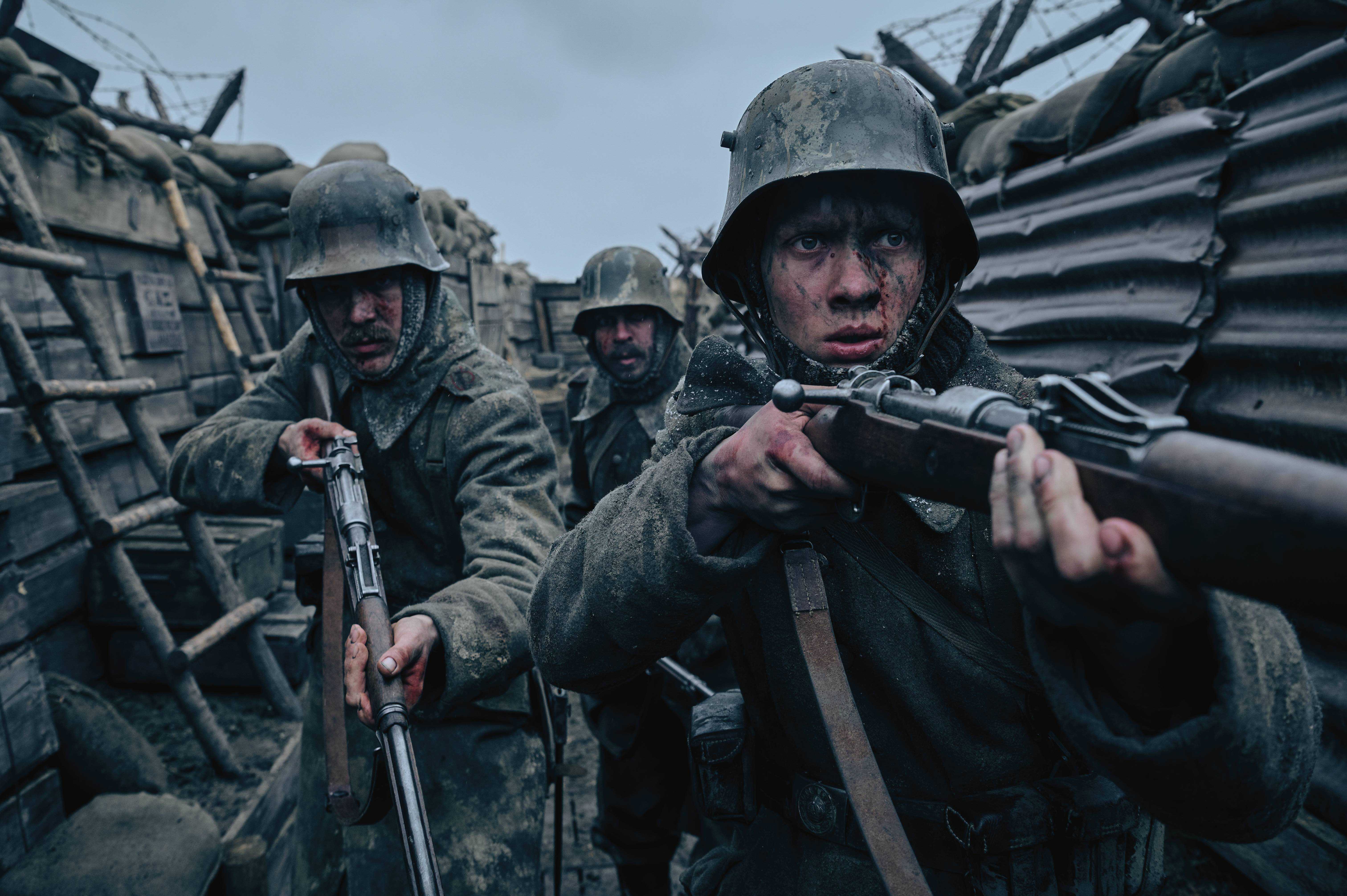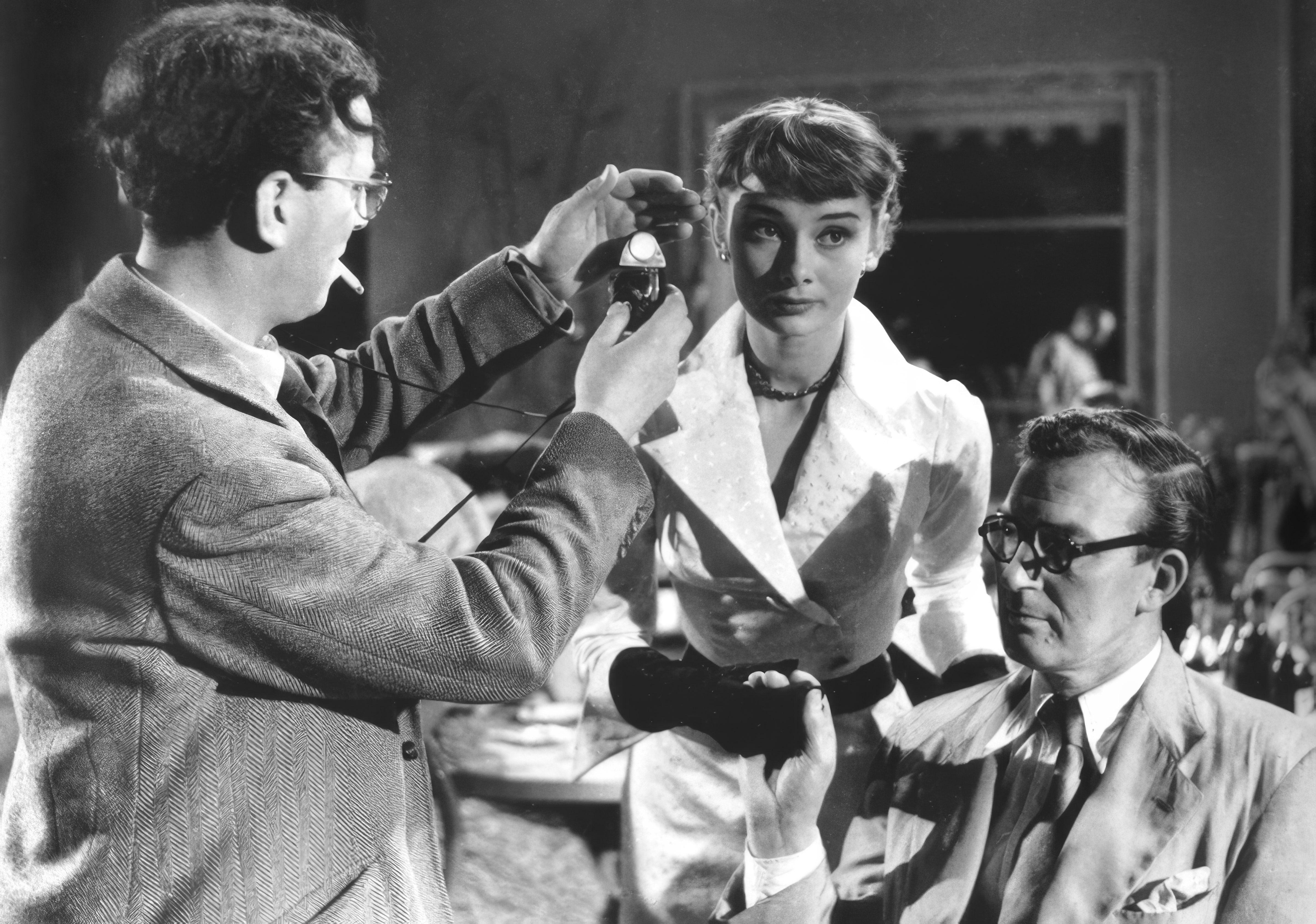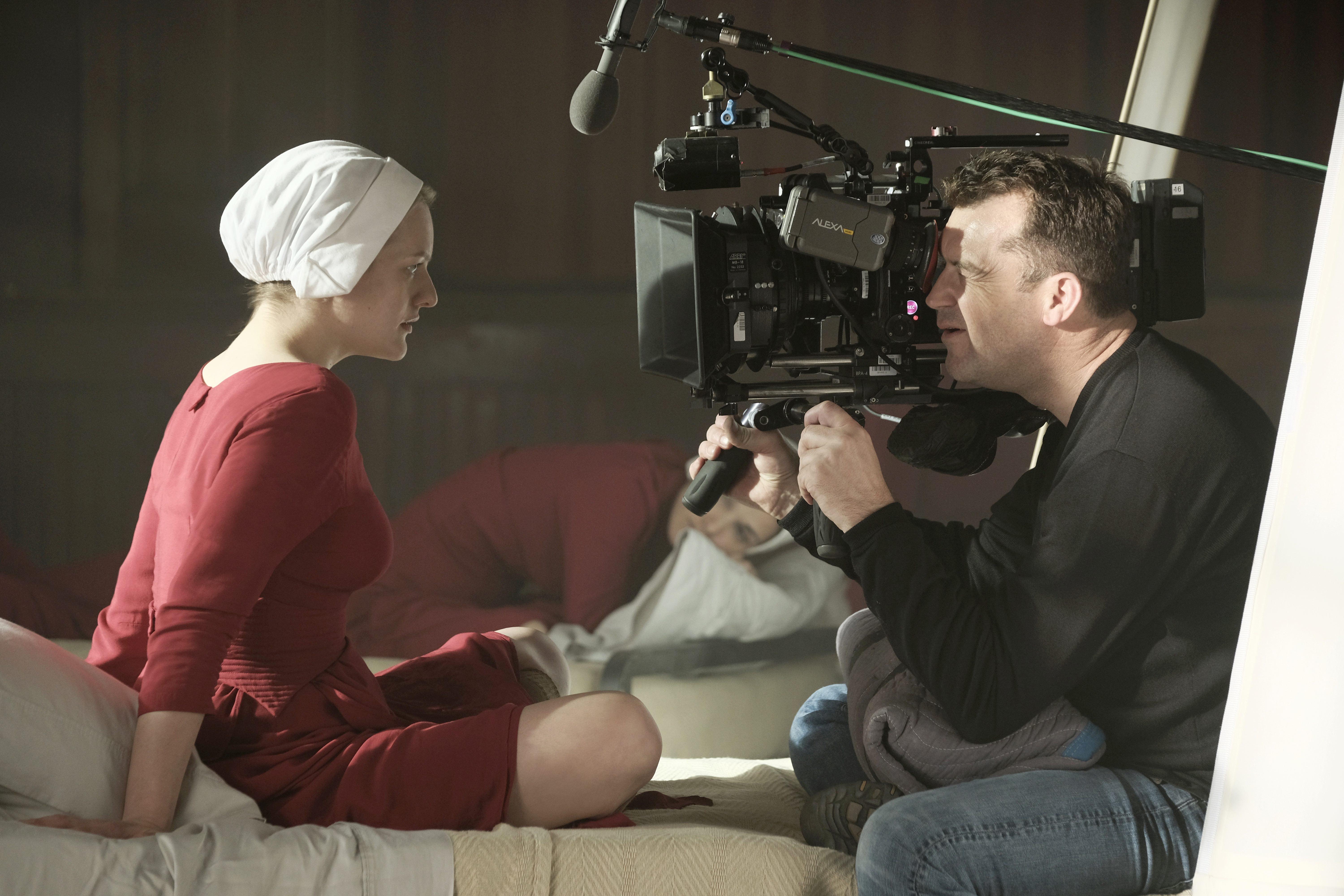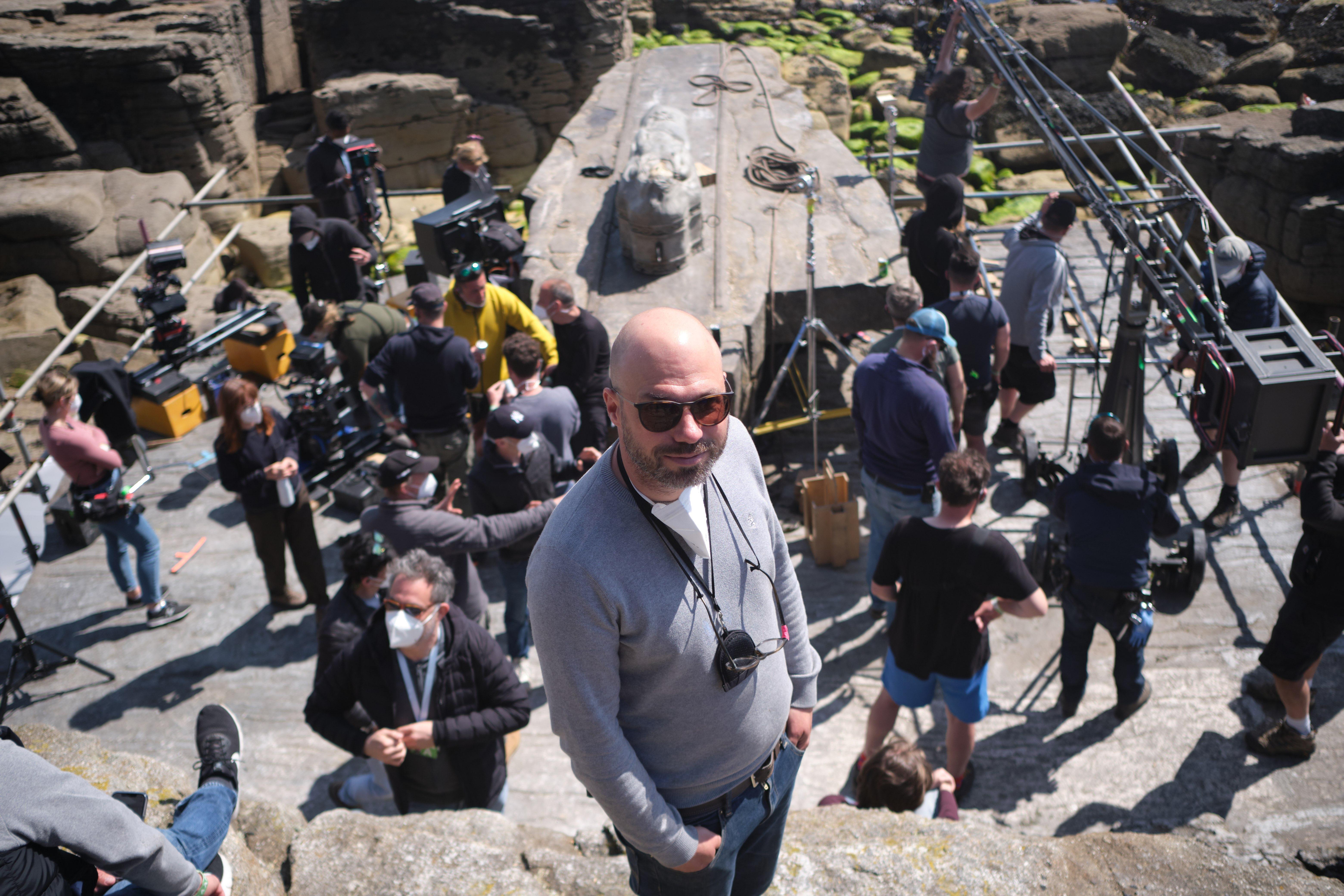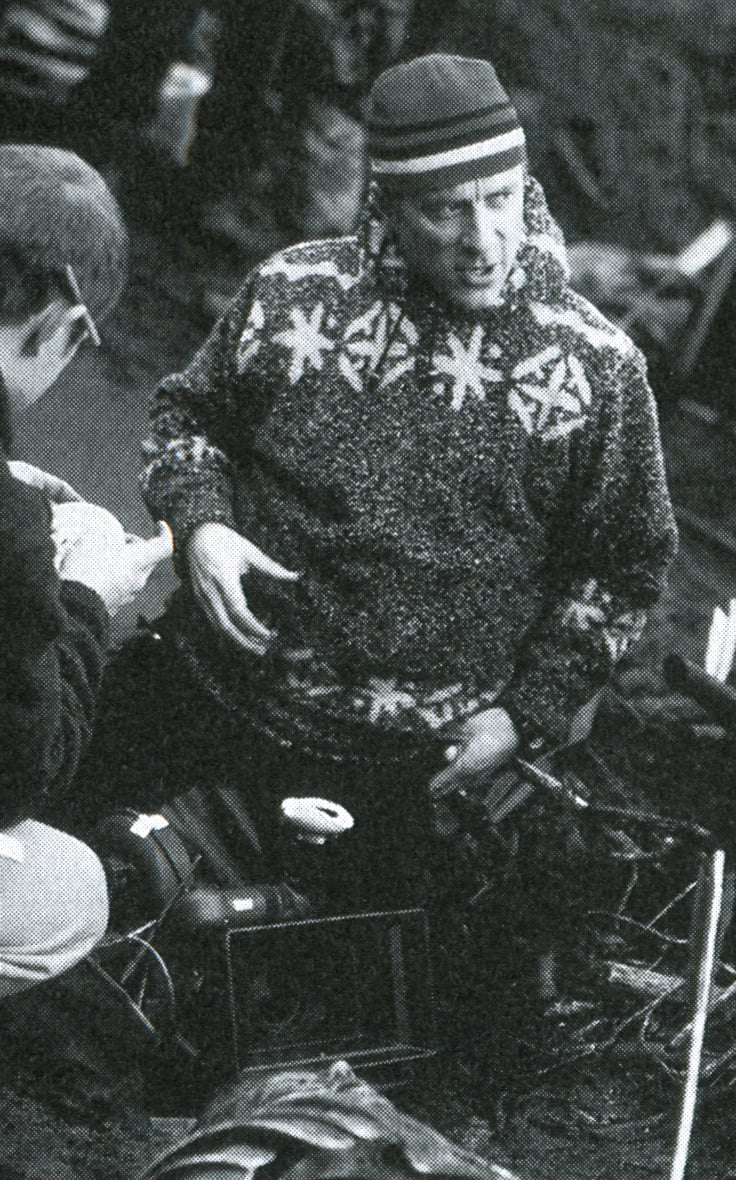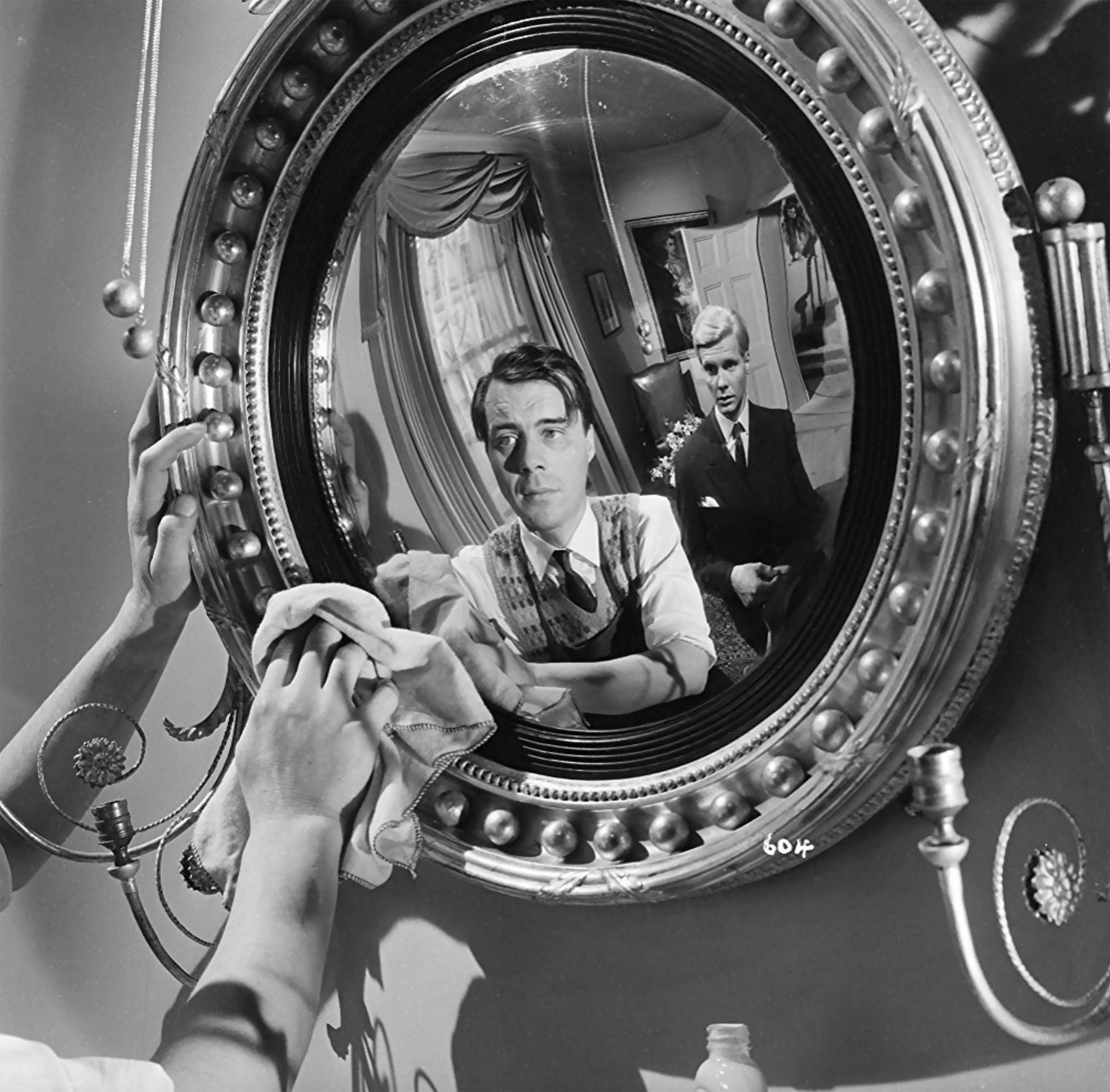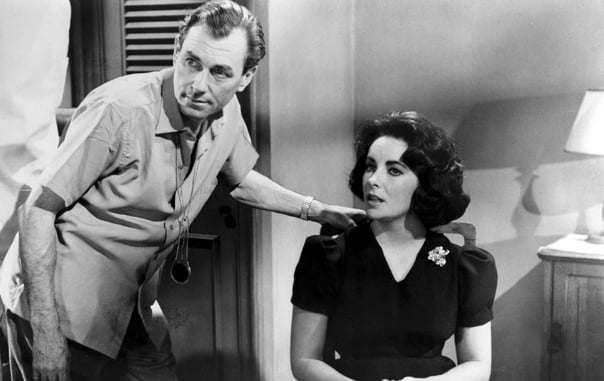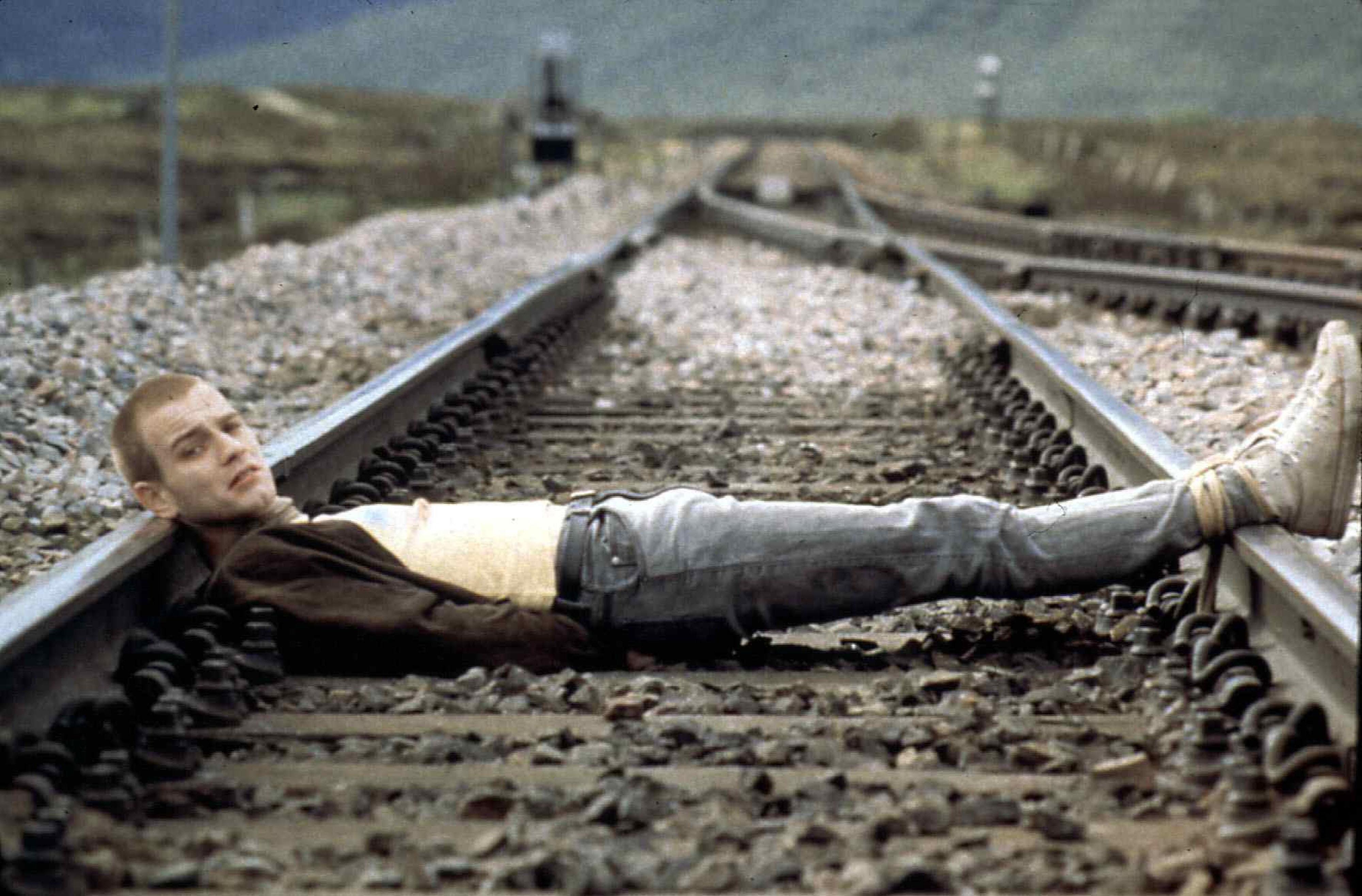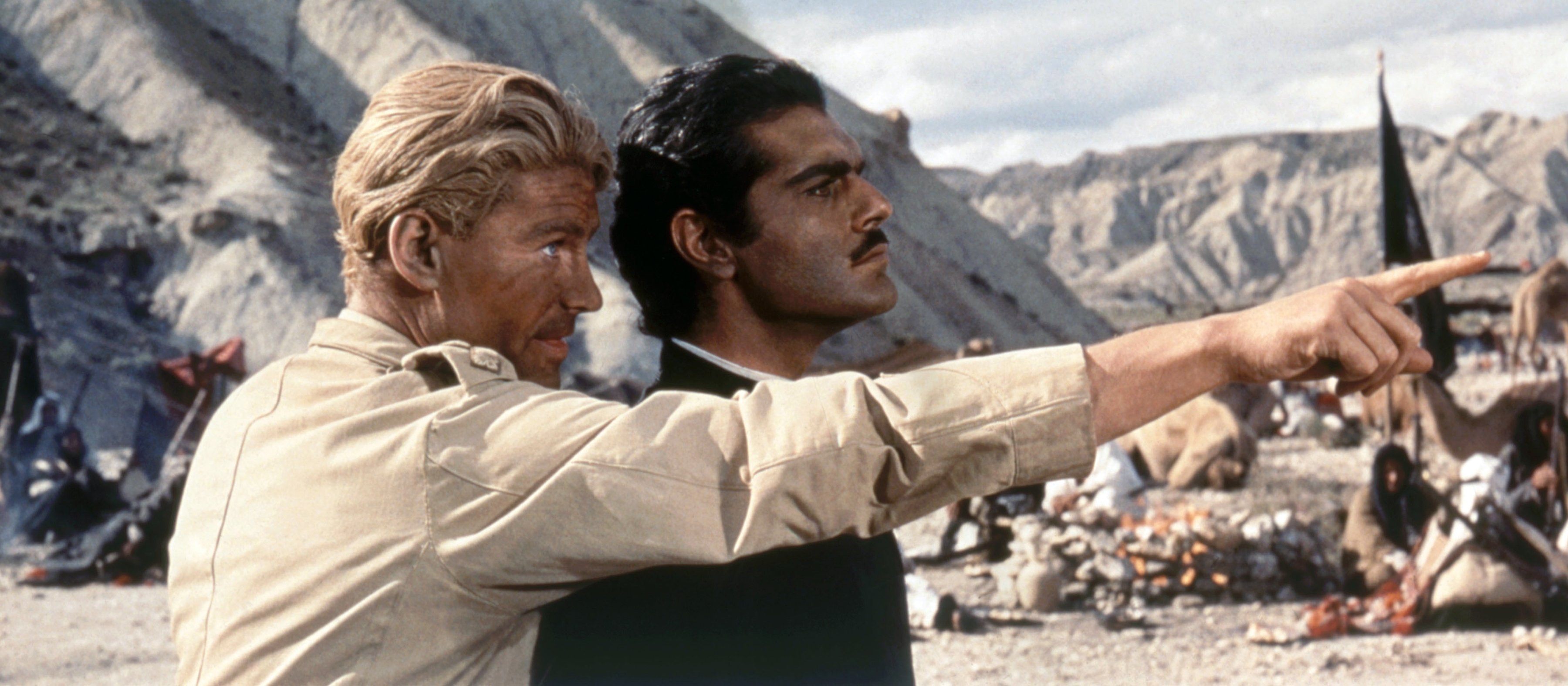
The BSC at 75
AC and the ASC toast the British Society of Cinematographers and its members’ visual achievements.
All photos courtesy of the BSC and the ASC Archives.
When I look back at my impressions of British cinema during my formative years, I see a masterful body of work in every regard — consummate imagery and unique visions that were different than American films, or other films from Europe. The pictures had a level of polish that personified the filmmakers and their movies — touchstones with cinematic signatures as iconic as any found in Hollywood: MGM’s glamour, 20th Century Fox’s widescreen ’Scope, or Warner’s black-and-white film noir.
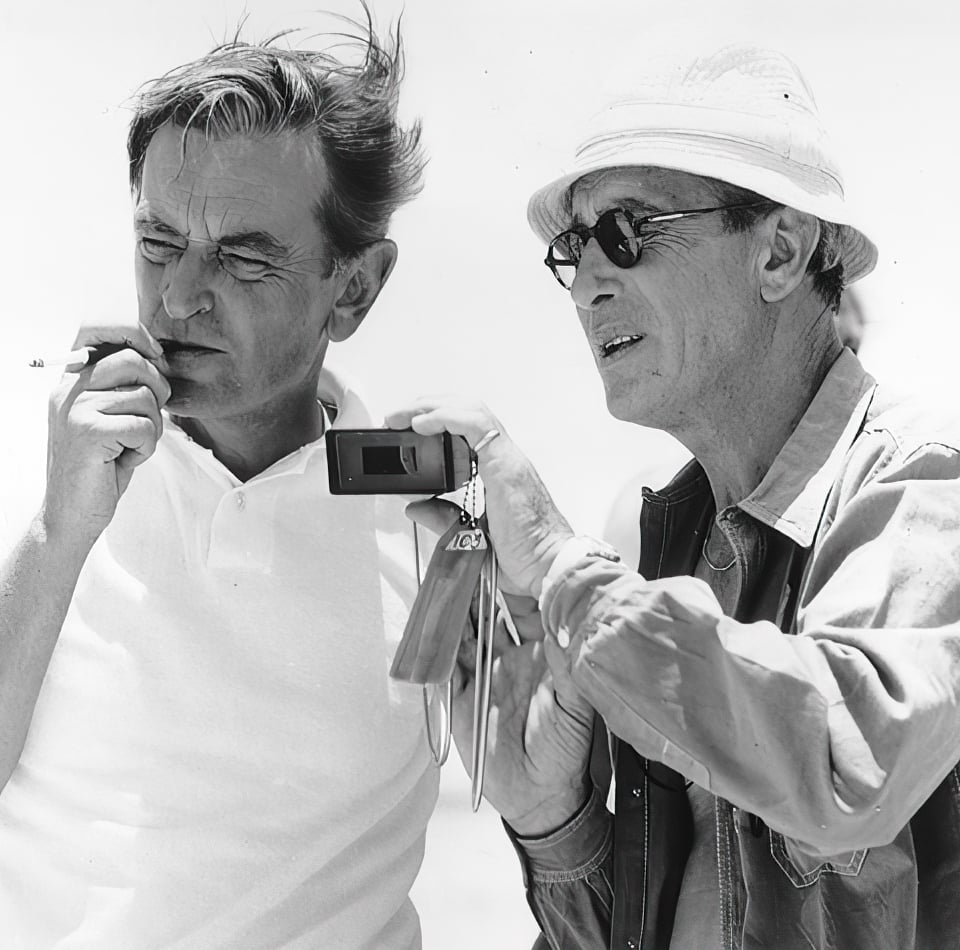
Key contributions to this legacy were made by BSC cinematographers, who created an impeccable standard, built with shadow and light, that helped define their society. Films shot by legendary BSC members such as Freddie Young, Jack Cardiff, Oswald Morris, Geoffrey Unsworth and many more changed the way many Americans thought about motion-picture artistry. BSC members brought a discernible elegance and grace to the art form — visual impact that was felt by an audience. Watching and reading about the work of these cinematographers made me understand and appreciate the great discipline of the British film industry.
After I became a cinematographer, before long, I was working in the U.K. There, I was exposed to some of the well-known family dynasties of technicians that crewed those distinguished films —the camera operators, scenic painters, grips and electricians (or “sparks,” as they’re known across the pond). I quickly noticed that U.K. operators had a different way of framing. Small details, such as the way they might frame a woman wearing a Victorian hat, had an eloquent dignity. I remember thinking privately that my films were beginning to feel like so many of those shot by my BSC heroes — who had worked alongside some of the same technicians.
The BSC reflects even more than the artistry of its members — this august organization also represents a thriving industry, built by skilled collaborators, which offers the world a unified language of visual storytelling that resonates with the region’s character.
— ASC President Shelly Johnson
One of the most interesting things about cinematography is that while each practitioner is an alchemist of sorts, mixing together secret ingredients to produce something unique, the community freely shares that knowledge and information. It’s an incredibly supportive world, and I think that’s why organizations like the British Society of Cinematographers have stood the test of time.
The BSC was founded in 1949 based on an idea proposed by Bert Easey, head of the camera department at Denham and Pinewood Studios. Bert’s vision was for the creation of a non-political guild, made up of feature cinematographers, to promote and encourage the highest standards in motion-picture photography — similar to the American Society of Cinematographers, which had been formed in 1919. The BSC was brought to life by its 55 founding members, and 75 years later Bert’s legacy is honored in the Society’s annual Award for Technical Achievement.

The first president of the Society was the inimitable Freddie Young, BSC, who went on to win Academy Awards for his trio of classic films with David Lean: Lawrence of Arabia, Doctor Zhivago and Ryan’s Daughter. From the outset, the Society’s membership has encompassed such talents as Geoffrey Unsworth, BSC (2001: A Space Odyssey), Jack Cardiff, BSC (Black Narcissus, The Red Shoes) and Derek Vanlint, BSC, CSC (Alien, Dragonslayer).
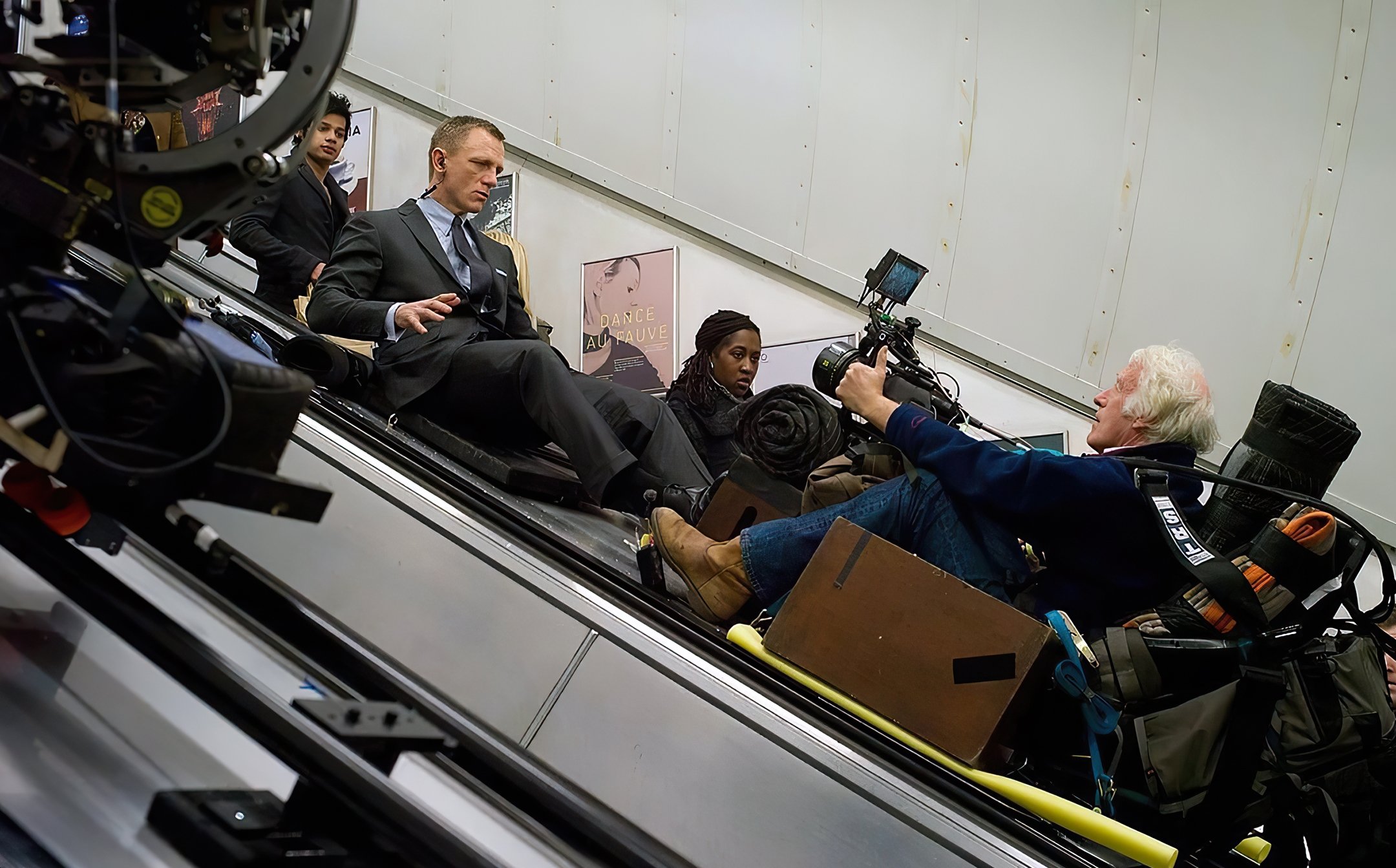
The current roster includes Roger Deakins, ASC, BSC, who really needs no introduction; recent Academy Award winner James Friend, ASC, BSC; and Nina Kellgren, BSC, whose work on Solomon & Gaenor led her to become the first female British cinematographer to photograph an Academy Award-nominated film.
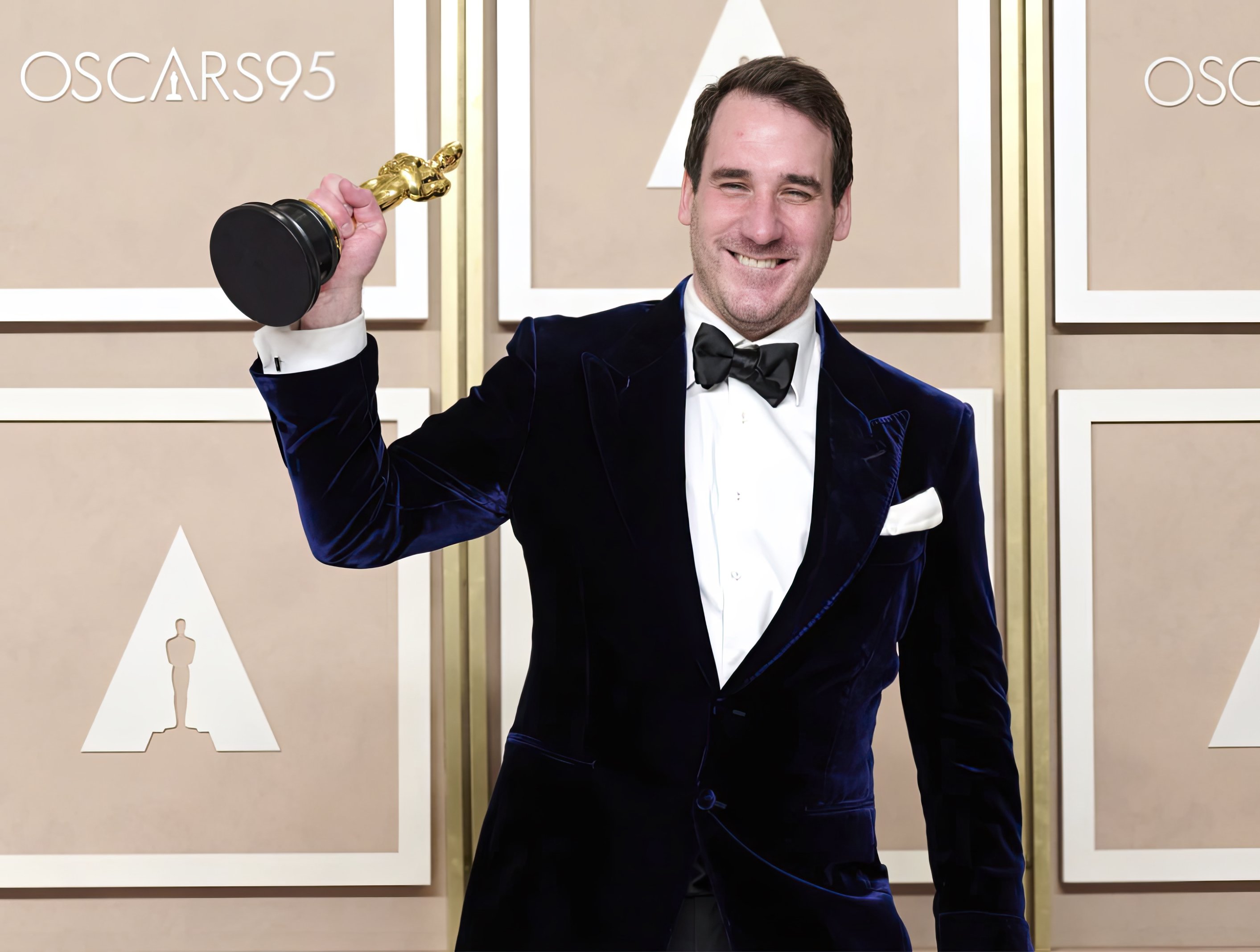

The future is an undiscovered country, and moving forward, the BSC — and cinematography in the U.K. — will only retain its high status by supporting current filmmakers and encouraging subsequent generations. The Society’s committees play an active role in the community of film and are dedicated to every facet of cinematography’s impact.
For example, our Sustainability Committee, led by Mattias Nyberg, BSC, is dedicated to keeping the membership informed on best practices and any technological advancements that act to mitigate environmental impact. Similarly community-spirited, the Education Committee, led by Oliver Stapleton, BSC, organizes two levels of education support for cinematographers that are on their journey to membership. The Masterclass series, hosted in collaboration with the National Film and Television School, is designed for cinematographers looking to expand their knowledge of the craft, and our Workshops, delivered in partnership with the London Screen Academy, enable career starters and industry developers to hone their skills.
In this regard, the Society strives to make outreach a priority all year ’round. The BSC Club — started by ex-President John de Borman, BSC, AFC — is for experienced camera-department professionals and cinematographers who aren’t BSC members yet, enabling them to network with members on an ongoing basis. Club members are invited to our Q&As and screenings so they can enjoy the same level of education as our Society members. Before I was invited to full membership of the BSC, I was a club member, and I relished the interaction and knowledge-sharing.
As a Society, we will always celebrate our origins, especially during this 75th-anniversary year. But in my role as president, I would like to see the BSC positioned as the most con-temporary of organizations, working in the modern world. We want to support cinematographers of every generation by increasing accessibility and knowledge. This is a key challenge not only for the BSC, but for the ASC and other cinematography Societies around the world. As longstanding elders of the industry, we must be retrospective and proactive in equal measure.
— BSC President Christopher Ross
What follows are some memorable images created by BSC members, and the cinematographers at work.


